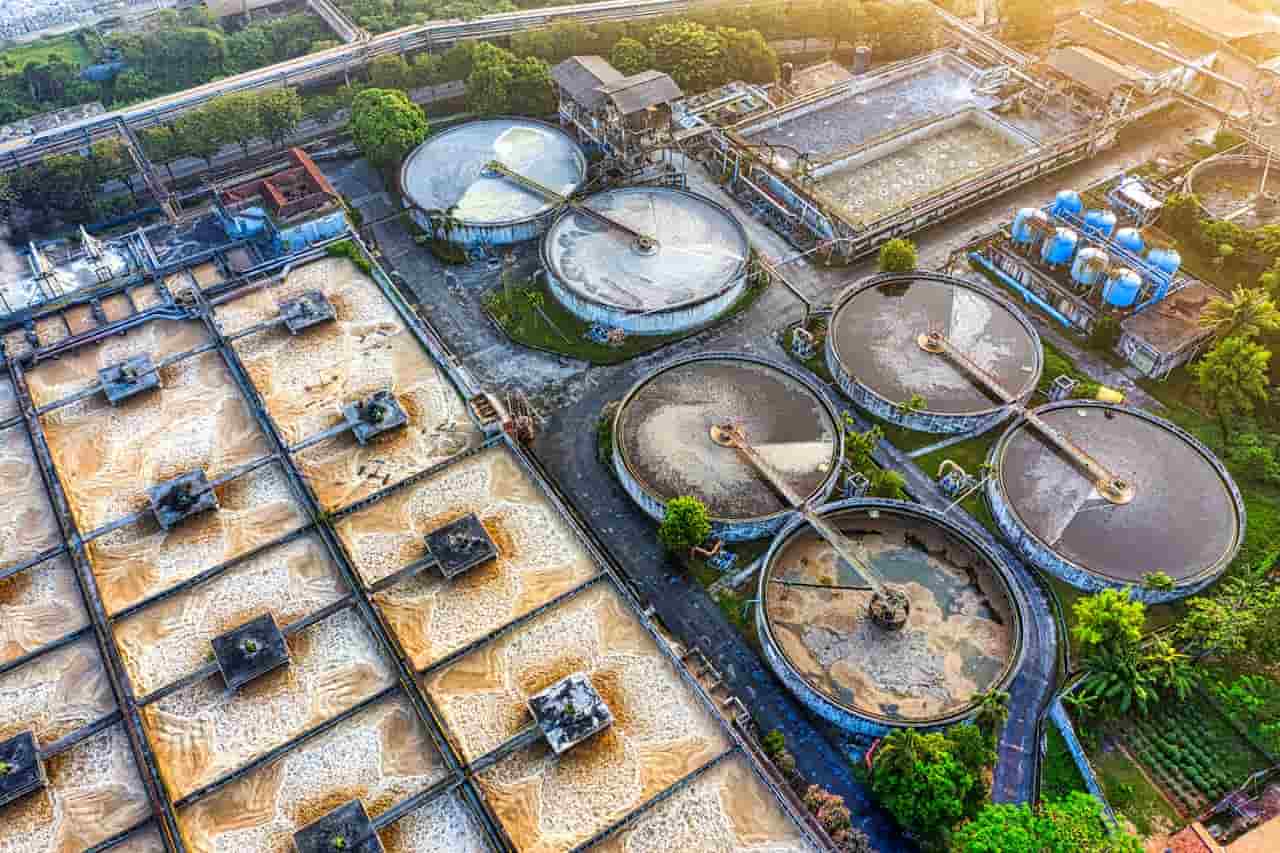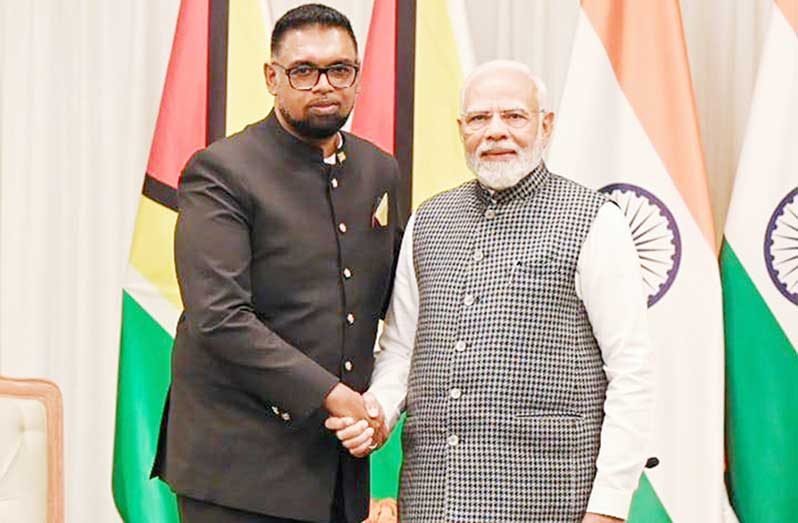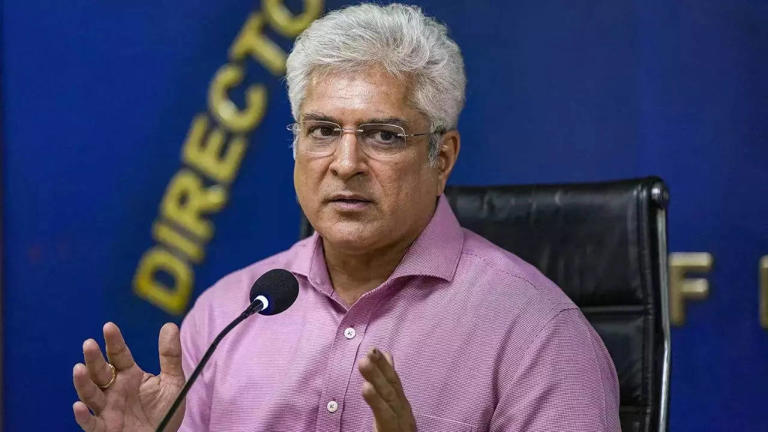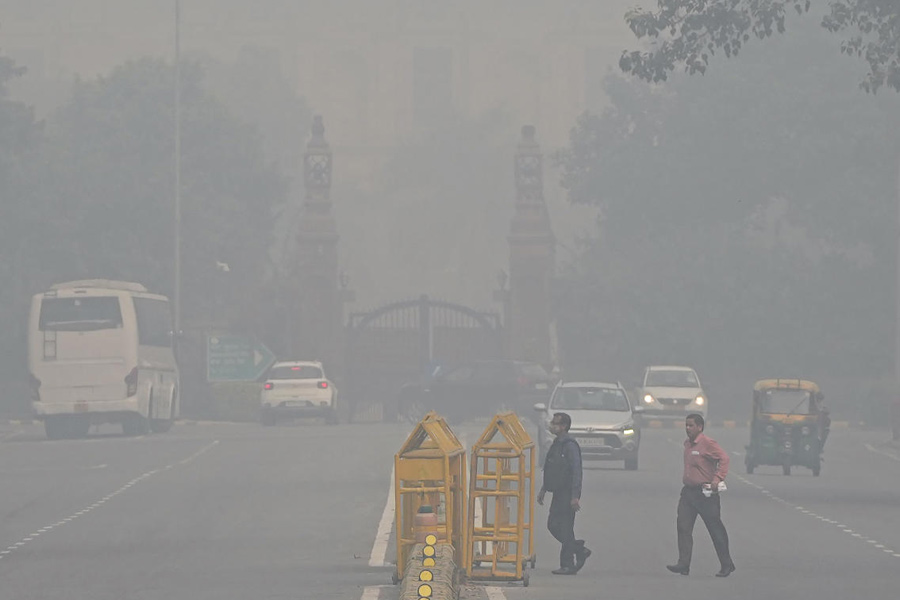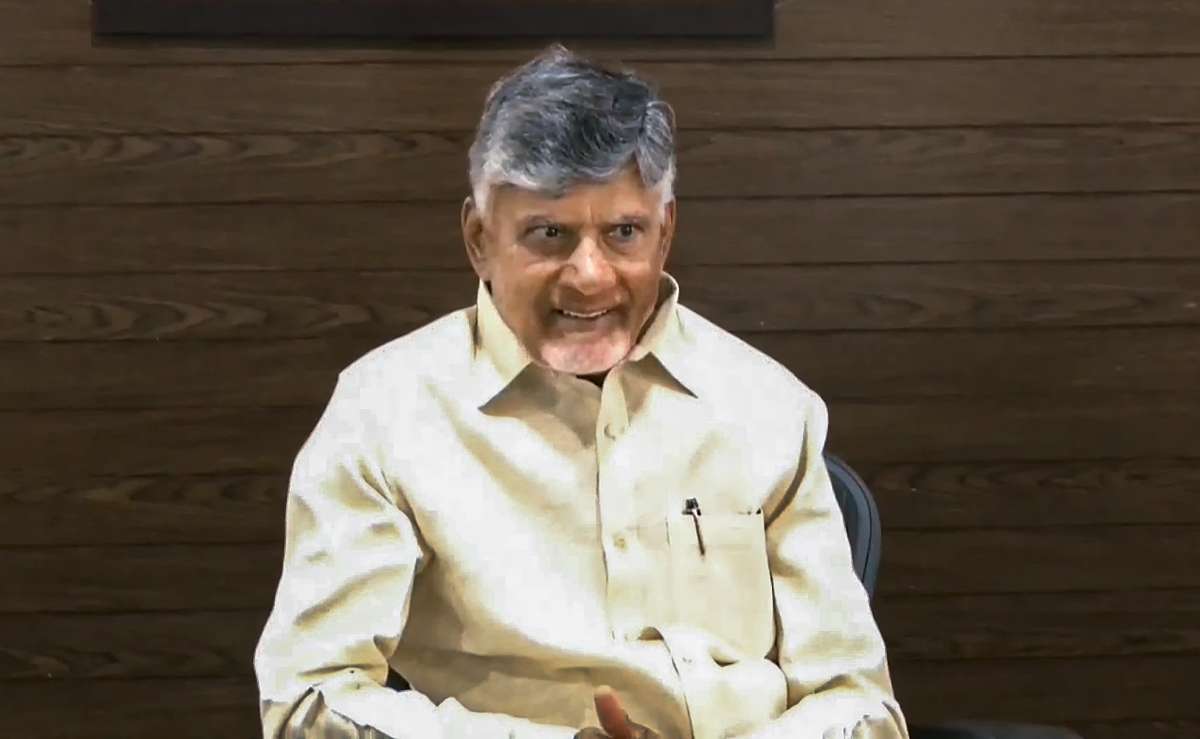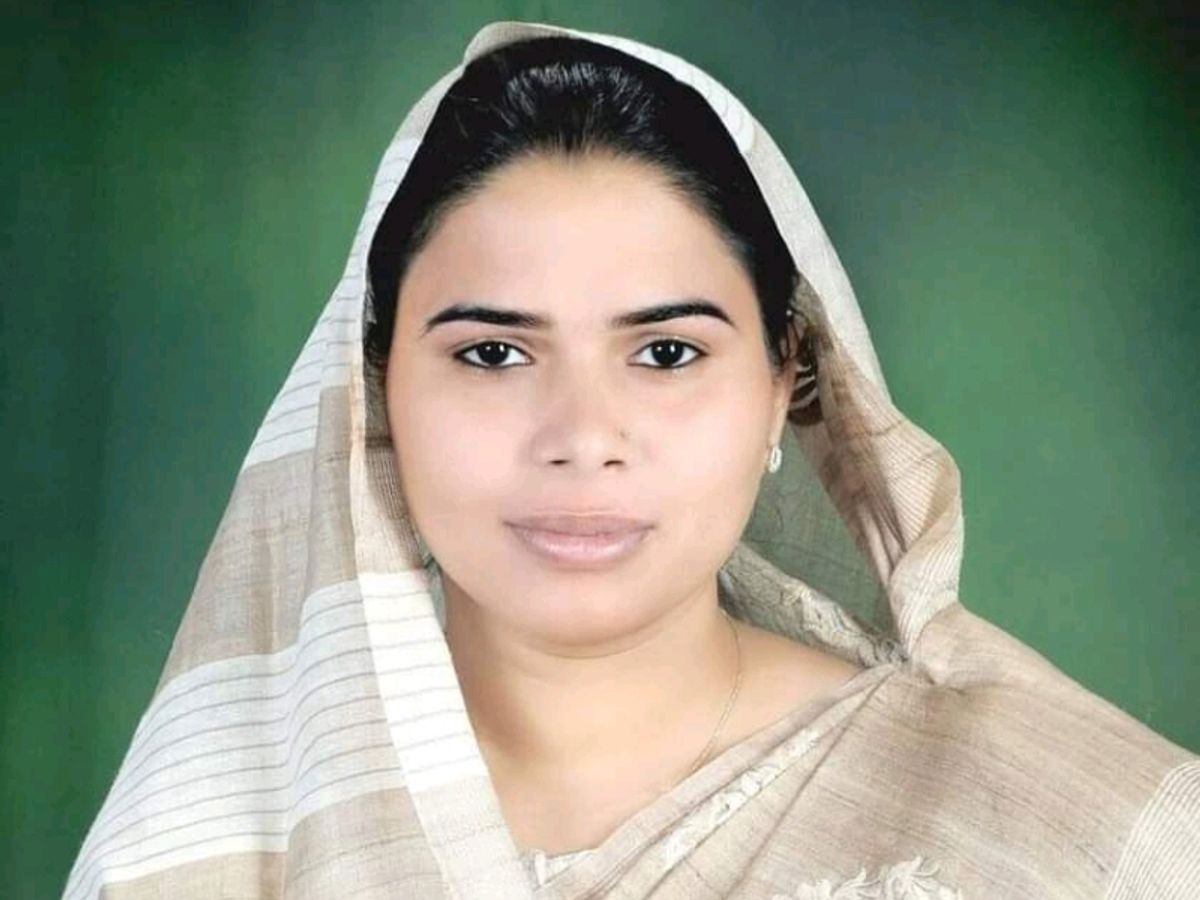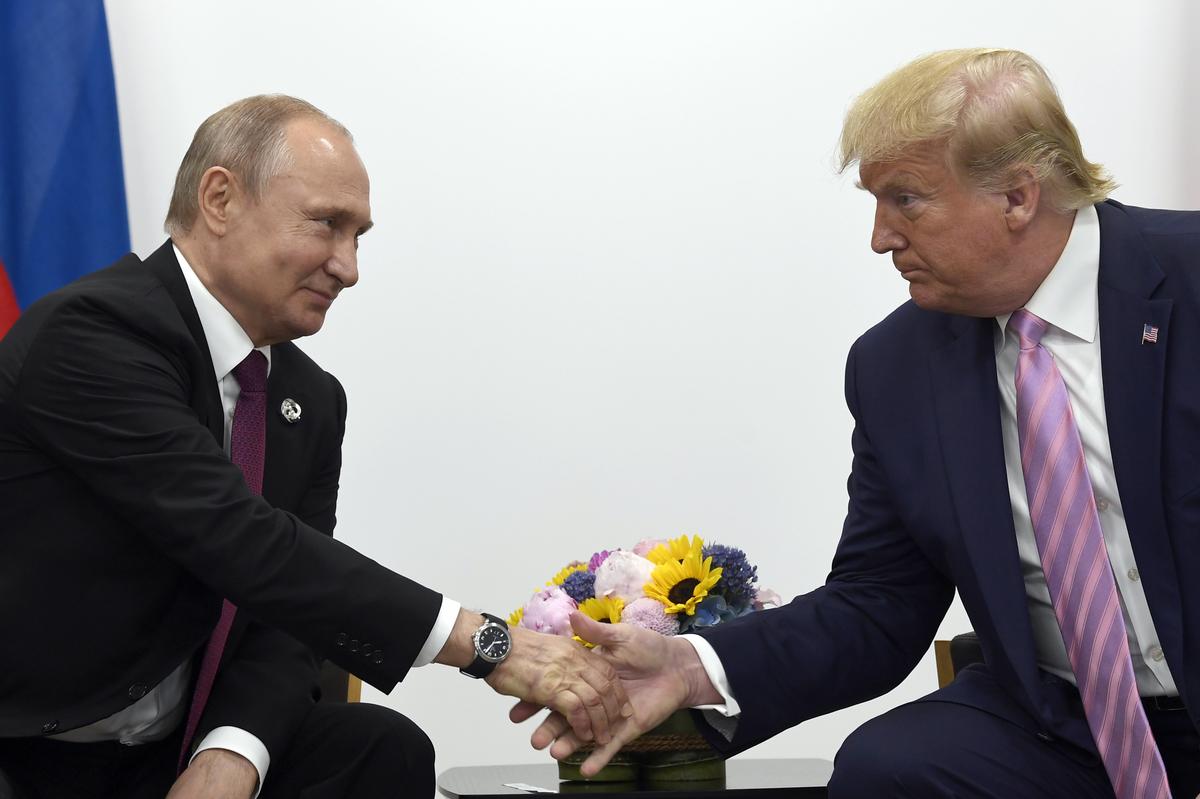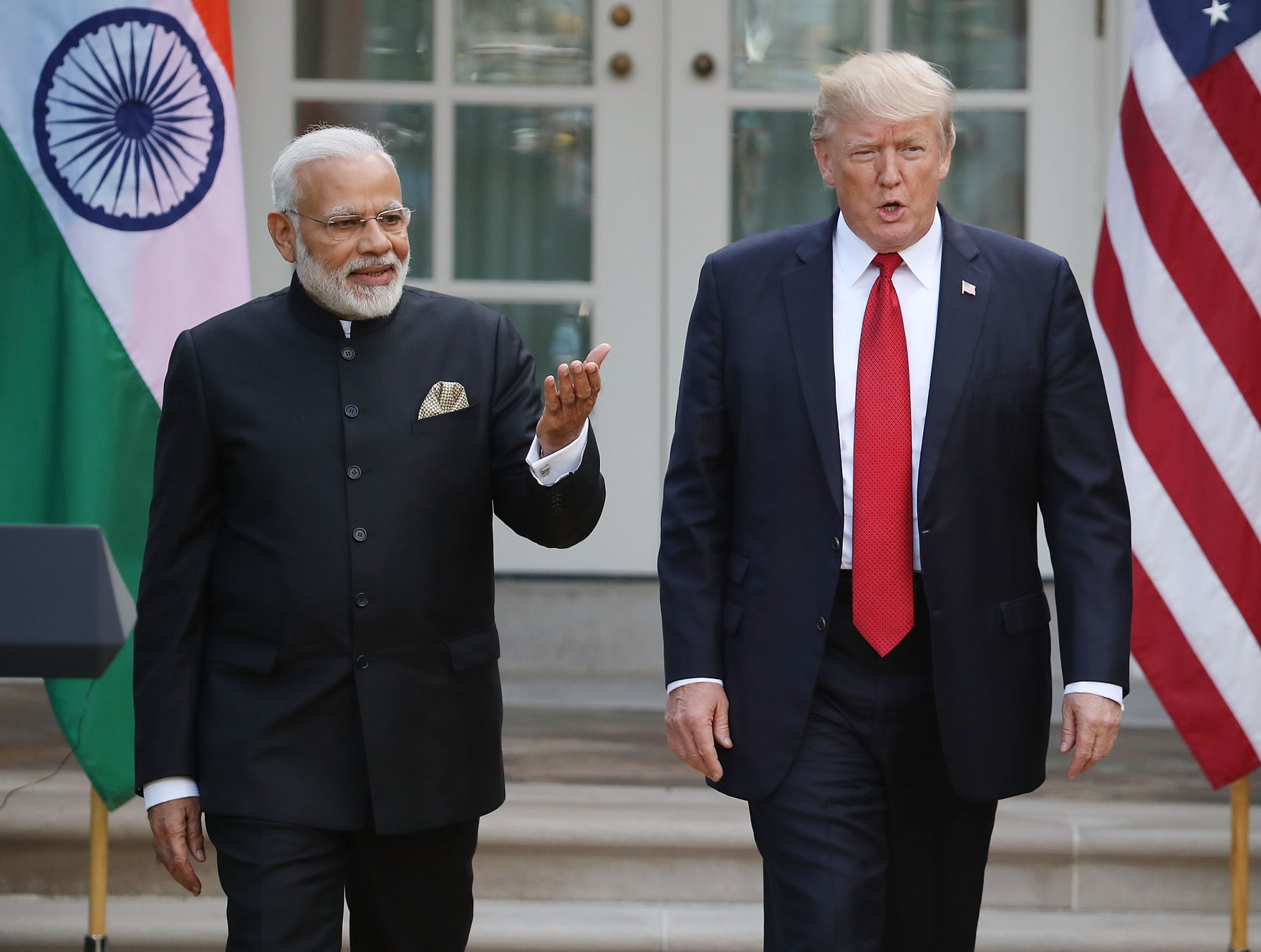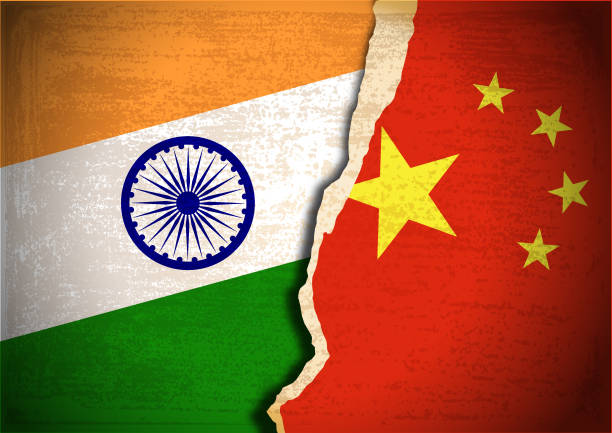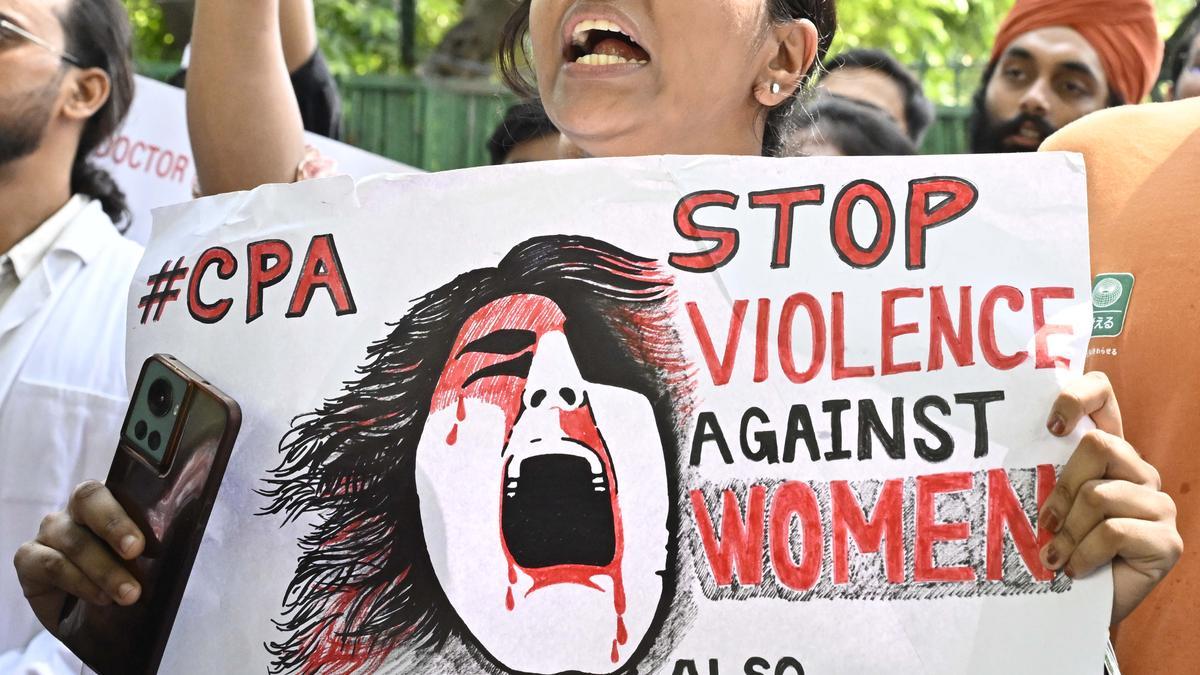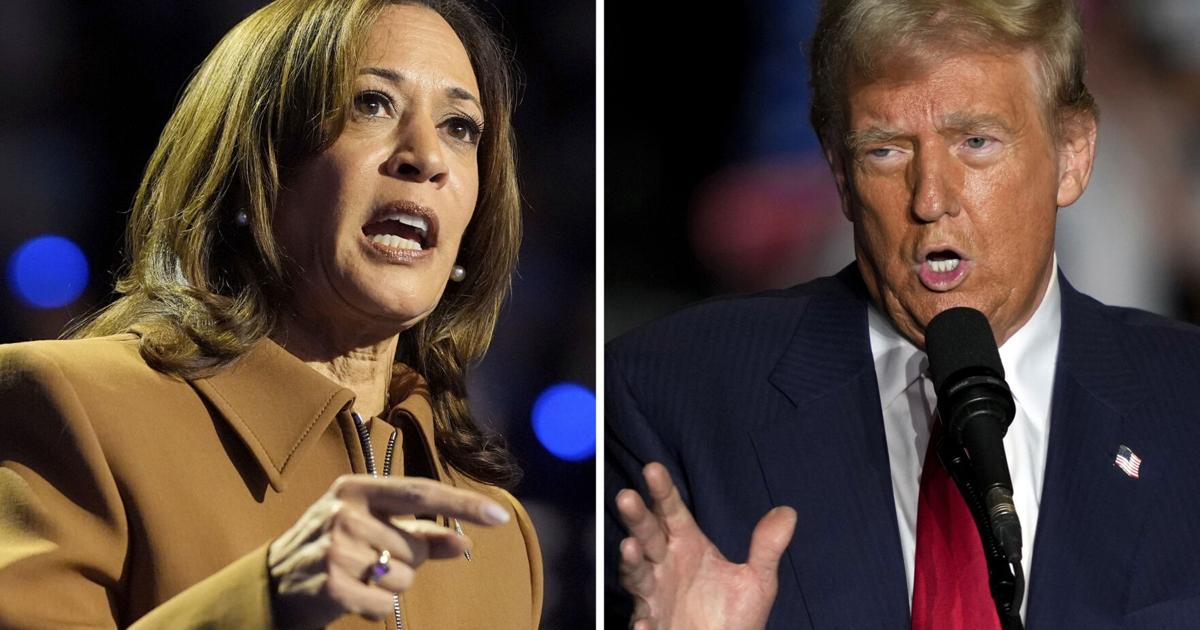Home / ladakh / Historic Voter Turnout in Ladakh’s First Electio
Historic Voter Turnout in Ladakh’s First Electio
By: My India Times
3 minutes read 50Updated At: 2024-11-11

In a significant milestone for Ladakh, the region witnessed a historic voter turnout of 67.15% in its first-ever Lok Sabha election since it became a Union Territory in 2019. The election, which was held on May 20, marked a new chapter in the region's political history, as Ladakhers came out in large numbers to cast their votes for the future of the region under its new administrative status.
Record Turnout Across the Region: A Symbol of Political Engagement
The Chief Electoral Officer for Ladakh reported a healthy turnout with significant regional variations. Leh, the district with a predominantly Buddhist population, saw 62.5% voter participation, while Kargil, the Muslim-majority district, recorded a higher turnout of 71.45%. This divergence reflects the region's diverse socio-political landscape and the distinct local interests at play.
For the people of Ladakh, this election was more than just a routine exercise in democracy. It was a moment of empowerment and a demonstration of their voice in the national political arena, especially after the region's transition to Union Territory status in 2019. The residents of this high-altitude region, often distant from the political hubs of India, now have a direct say in shaping their future.
Political Parties Competing for the Heart of Ladakh
The election was fiercely contested, with national political parties like the Bharatiya Janata Party (BJP), Congress, and regional players all vying for the attention of Ladakh’s electorate. For many, this was the first time they had the opportunity to vote under the new Union Territory setup, which is still adapting to the changes brought about by the revocation of Article 370.
In Leh, which is home to Buddhist communities, there was a strong presence of candidates advocating for the preservation of Ladakhi culture and heritage. Meanwhile, Kargil, with its Muslim-majority demographic, saw candidates focusing on issues related to religious minorities and development in remote areas. The contrasting priorities of the two districts made this election particularly unique, as local issues took center stage, while national parties navigated the regional aspirations of Ladakh’s diverse communities.
Voter Enthusiasm Reflects a Sense of Ownership and Change
The high voter turnout reflects an increasing political awareness among Ladakh’s residents, who are eager to influence the future trajectory of their region. With the region’s distinct cultural identity and strategic significance to India’s security, many voters expressed a sense of duty to contribute to this defining moment in Ladakh’s history.
"This election means a lot to us. After the change in status, we feel that our voices matter more now. We hope this will bring more development and a better future for Ladakh," said Norbu, a young voter from Leh. Similarly, in Kargil, residents spoke of how they hoped the election would pave the way for greater autonomy and more focused development efforts in their region.
Security and Accessibility: A Challenge for Ladakh’s Electoral Process
Conducting an election in Ladakh comes with its own set of challenges. The region’s harsh weather conditions, rugged terrain, and remote locations make logistics and accessibility a critical factor. However, the success of this election also showcases the efforts made by the Election Commission and local authorities to overcome these barriers. Special arrangements were made for remote polling stations, and the smooth conduct of the election despite Ladakh’s geographical hurdles was a testament to the region's resilience and commitment to the democratic process.
Looking Ahead: The Road to Greater Political Representation
As Ladakh now steps into this new political era, the results of this first election will serve as a foundation for future political developments. The successful conduct of the election, coupled with the active participation of the electorate, signals that Ladakh is ready for more political empowerment.
With its new status as a Union Territory, Ladakh’s residents are increasingly hopeful that this election marks the beginning of better governance, more focused development, and greater political representation in the years to come. As they continue to seek their place in India’s democratic framework, Ladakh’s people are determined to ensure that their region’s voice is heard at the national level.
....In a significant milestone for Ladakh, the region witnessed a historic voter turnout of 67.15% in its first-ever Lok Sabha election since it became a Union Territory in 2019. The election, which was held on May 20, marked a new chapter in the region's political history, as Ladakhers came out in large numbers to cast their votes for the future of the region under its new administrative status.
Record Turnout Across the Region: A Symbol of Political Engagement
The Chief Electoral Officer for Ladakh reported a healthy turnout with significant regional variations. Leh, the district with a predominantly Buddhist population, saw 62.5% voter participation, while Kargil, the Muslim-majority district, recorded a higher turnout of 71.45%. This divergence reflects the region's diverse socio-political landscape and the distinct local interests at play.
For the people of Ladakh, this election was more than just a routine exercise in democracy. It was a moment of empowerment and a demonstration of their voice in the national political arena, especially after the region's transition to Union Territory status in 2019. The residents of this high-altitude region, often distant from the political hubs of India, now have a direct say in shaping their future.
Political Parties Competing for the Heart of Ladakh
The election was fiercely contested, with national political parties like the Bharatiya Janata Party (BJP), Congress, and regional players all vying for the attention of Ladakh’s electorate. For many, this was the first time they had the opportunity to vote under the new Union Territory setup, which is still adapting to the changes brought about by the revocation of Article 370.
In Leh, which is home to Buddhist communities, there was a strong presence of candidates advocating for the preservation of Ladakhi culture and heritage. Meanwhile, Kargil, with its Muslim-majority demographic, saw candidates focusing on issues related to religious minorities and development in remote areas. The contrasting priorities of the two districts made this election particularly unique, as local issues took center stage, while national parties navigated the regional aspirations of Ladakh’s diverse communities.
Voter Enthusiasm Reflects a Sense of Ownership and Change
The high voter turnout reflects an increasing political awareness among Ladakh’s residents, who are eager to influence the future trajectory of their region. With the region’s distinct cultural identity and strategic significance to India’s security, many voters expressed a sense of duty to contribute to this defining moment in Ladakh’s history.
"This election means a lot to us. After the change in status, we feel that our voices matter more now. We hope this will bring more development and a better future for Ladakh," said Norbu, a young voter from Leh. Similarly, in Kargil, residents spoke of how they hoped the election would pave the way for greater autonomy and more focused development efforts in their region.
Security and Accessibility: A Challenge for Ladakh’s Electoral Process
Conducting an election in Ladakh comes with its own set of challenges. The region’s harsh weather conditions, rugged terrain, and remote locations make logistics and accessibility a critical factor. However, the success of this election also showcases the efforts made by the Election Commission and local authorities to overcome these barriers. Special arrangements were made for remote polling stations, and the smooth conduct of the election despite Ladakh’s geographical hurdles was a testament to the region's resilience and commitment to the democratic process.
Looking Ahead: The Road to Greater Political Representation
As Ladakh now steps into this new political era, the results of this first election will serve as a foundation for future political developments. The successful conduct of the election, coupled with the active participation of the electorate, signals that Ladakh is ready for more political empowerment.
With its new status as a Union Territory, Ladakh’s residents are increasingly hopeful that this election marks the beginning of better governance, more focused development, and greater political representation in the years to come. As they continue to seek their place in India’s democratic framework, Ladakh’s people are determined to ensure that their region’s voice is heard at the national level.
By: My India Times
Updated At: 2024-11-11
Tags: ladakh News | My India Times News | Trending News | Travel News
Join our WhatsApp Channel




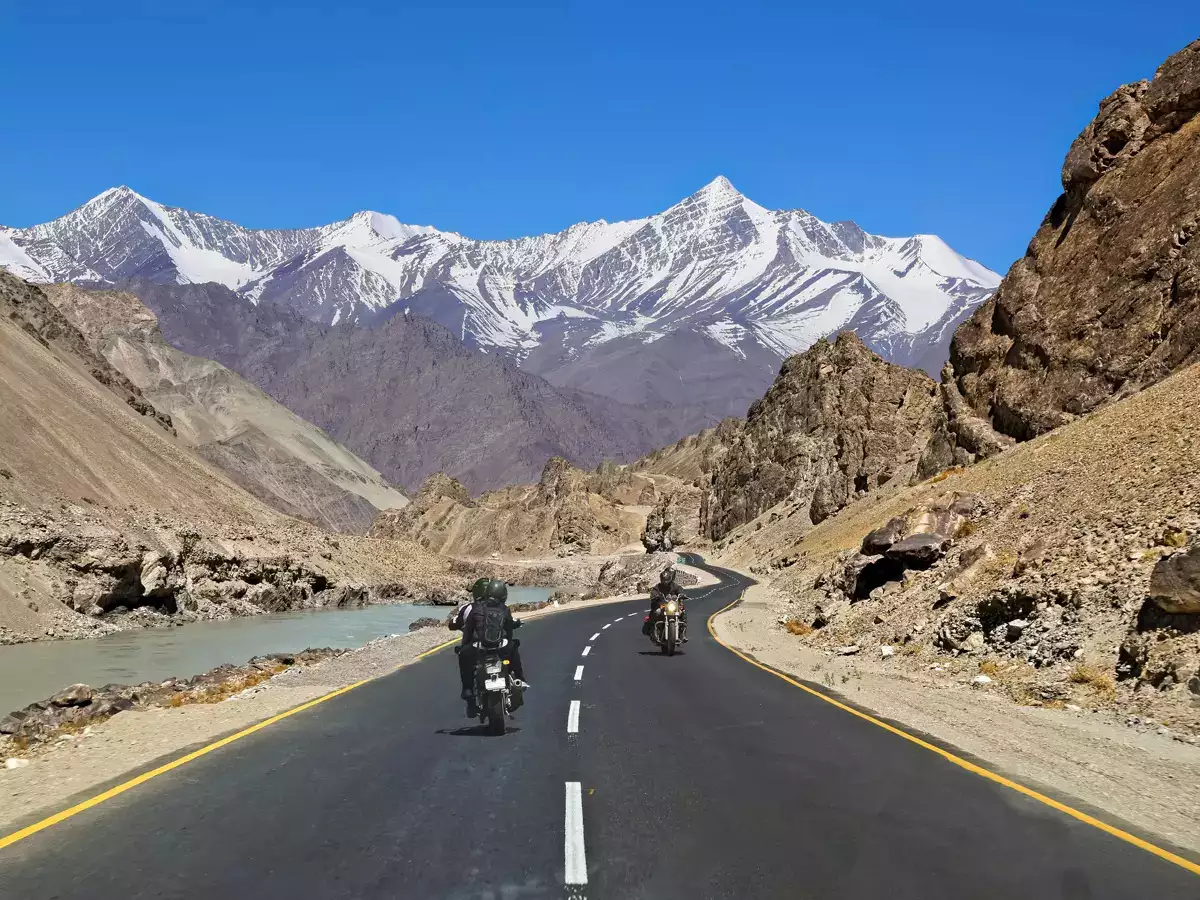



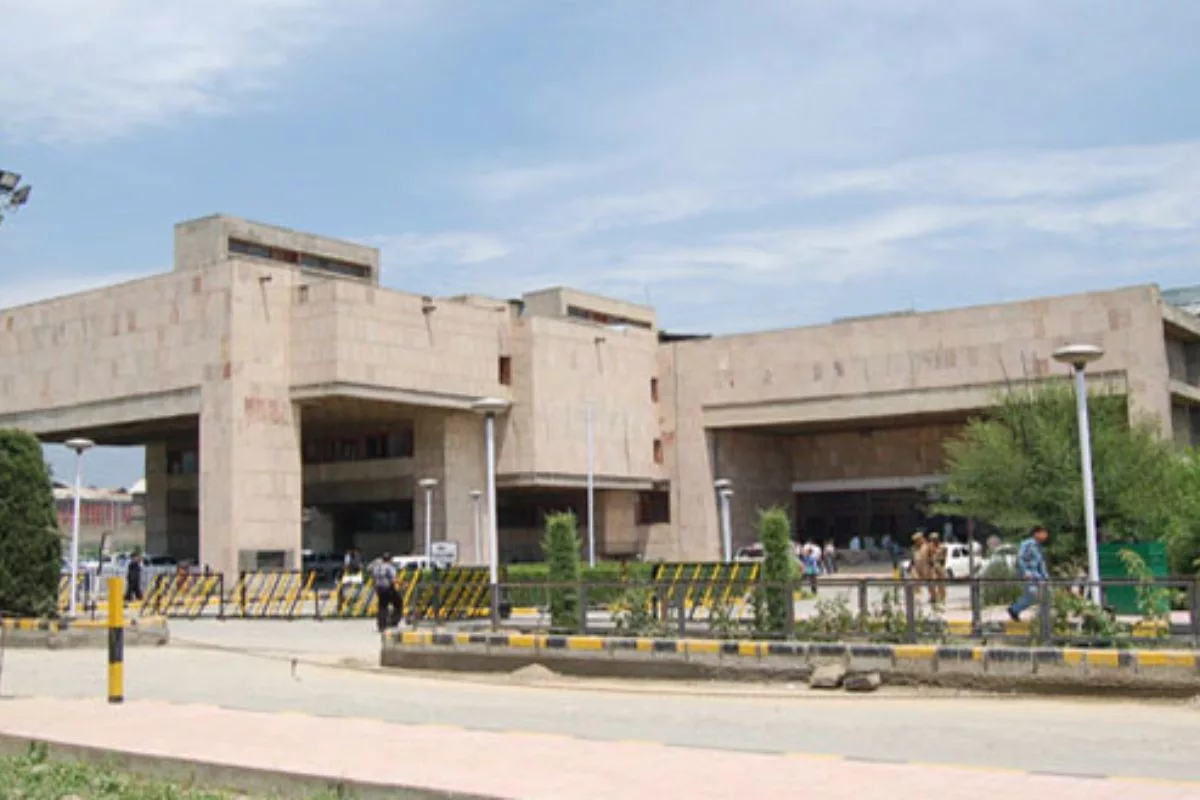



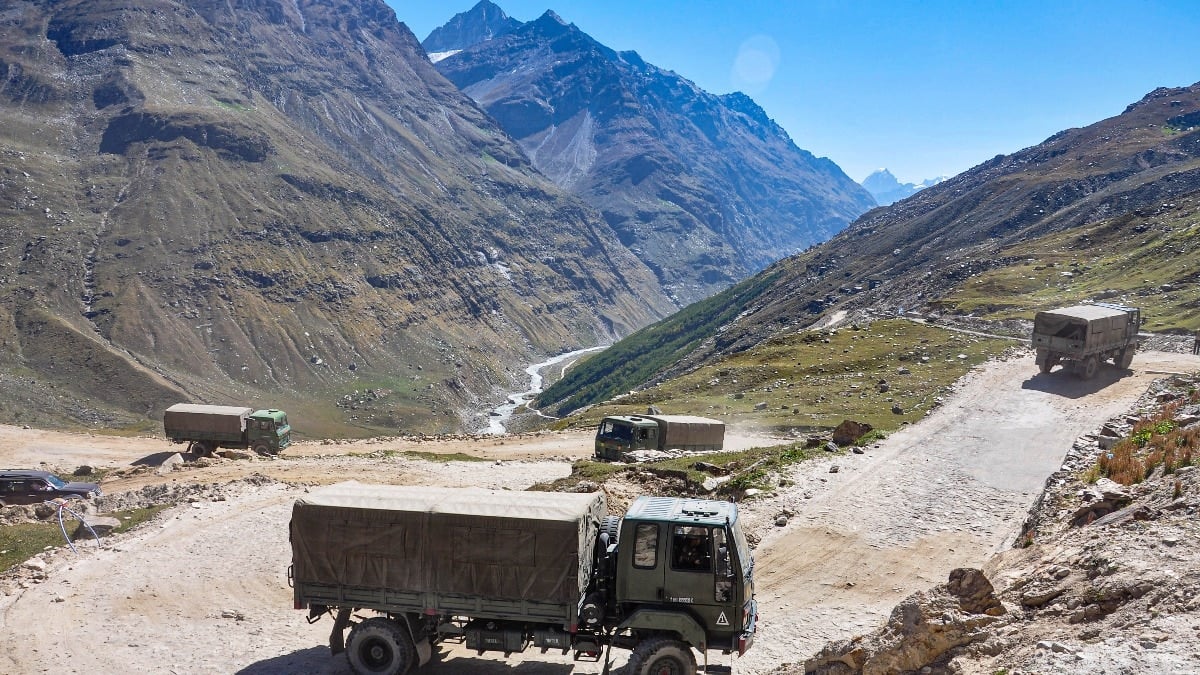
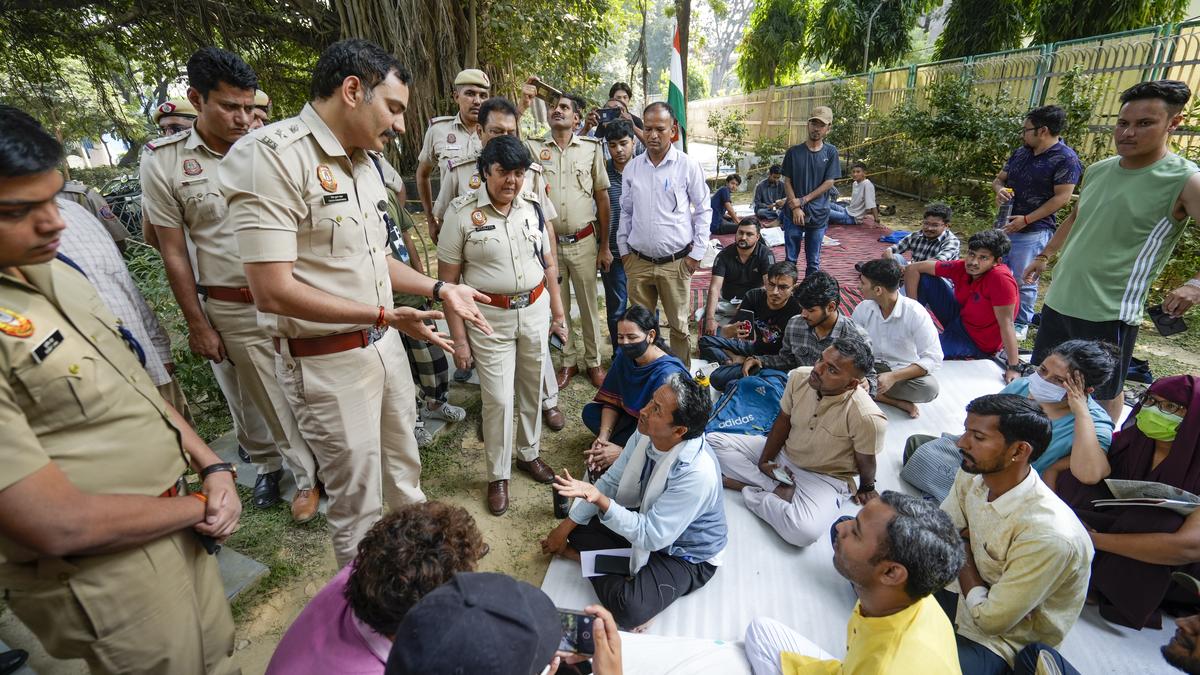
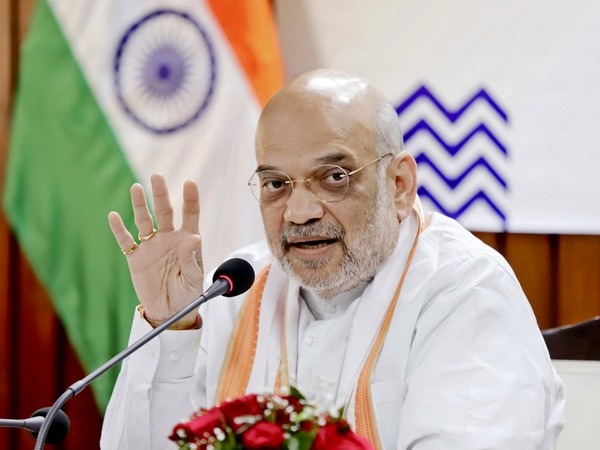
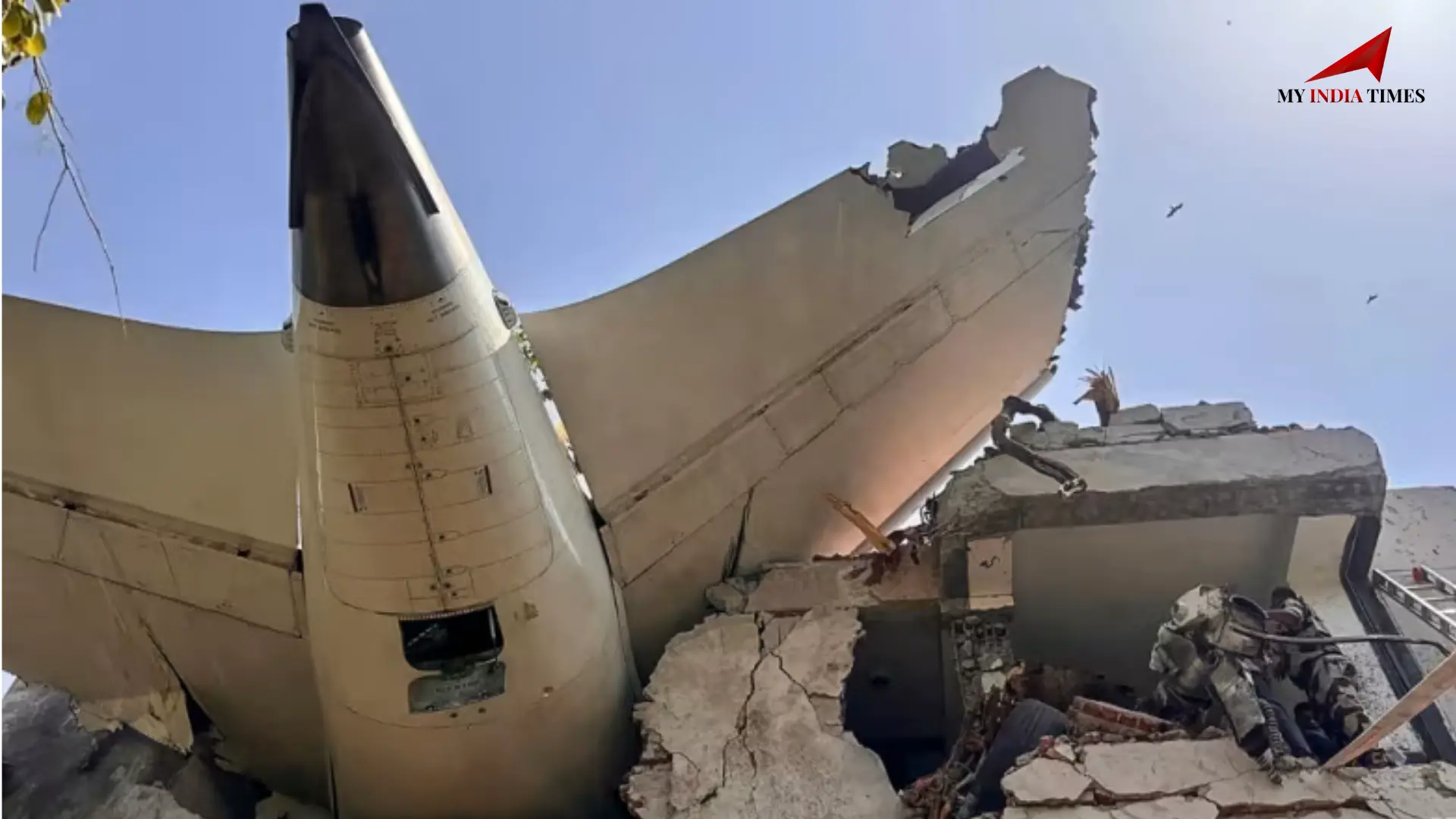
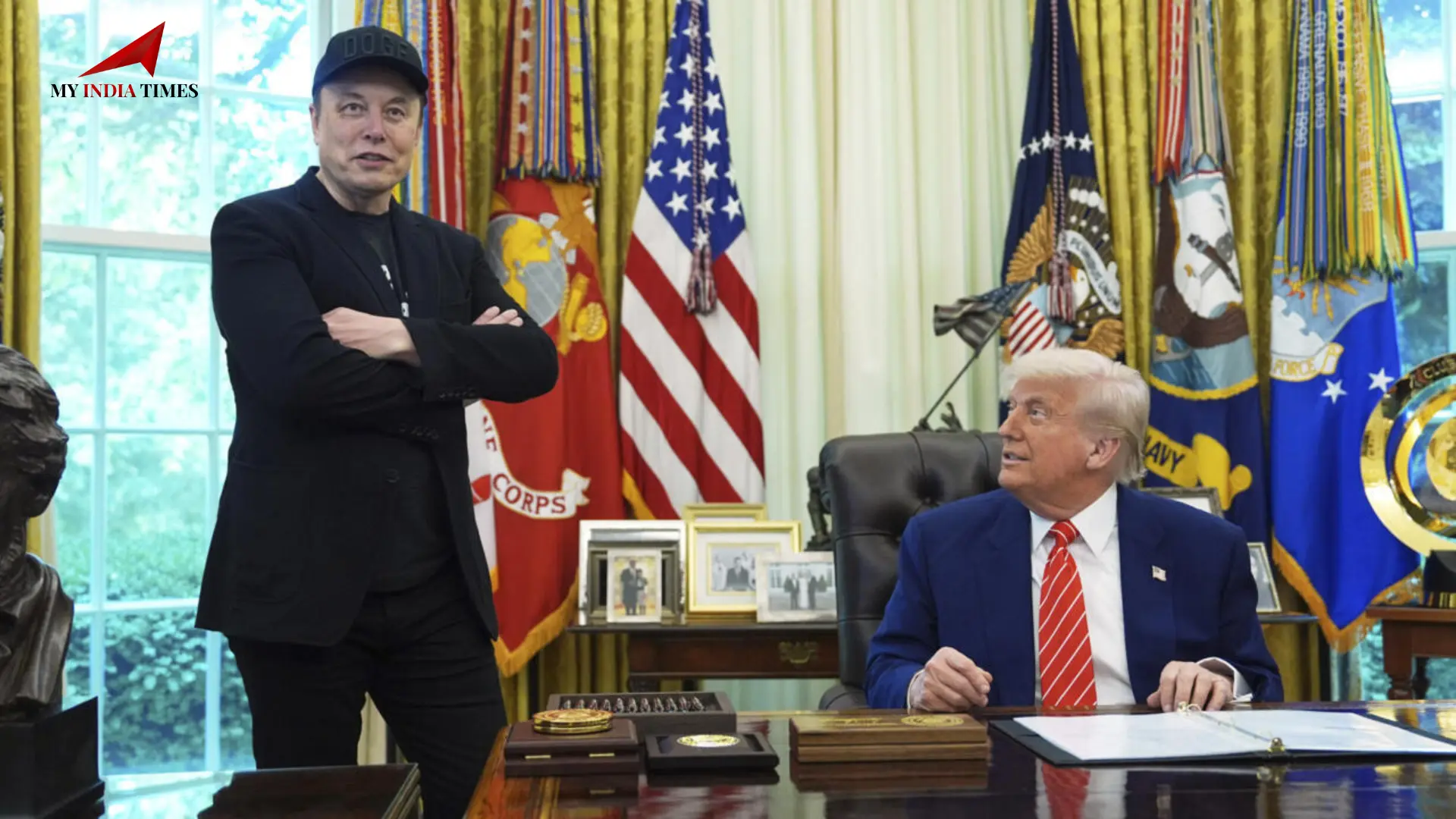


















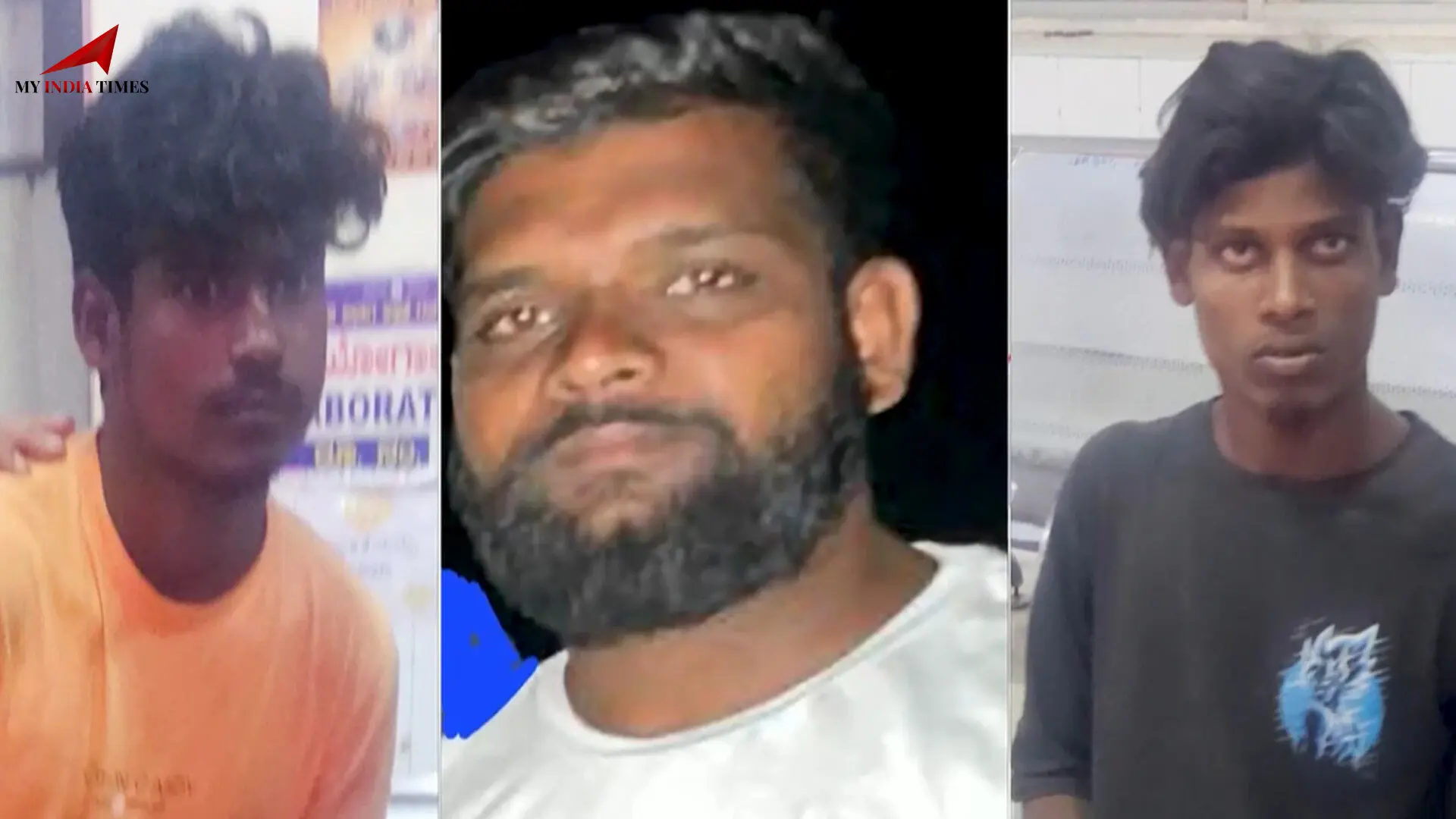
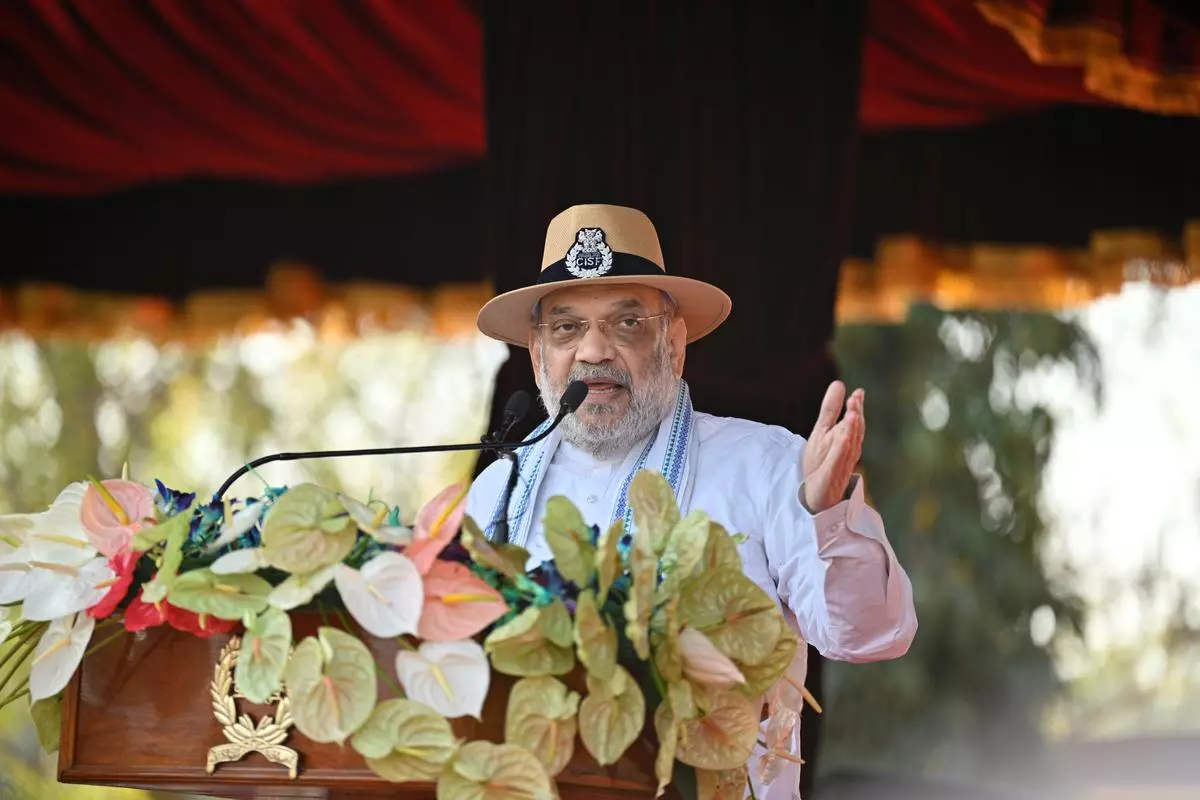






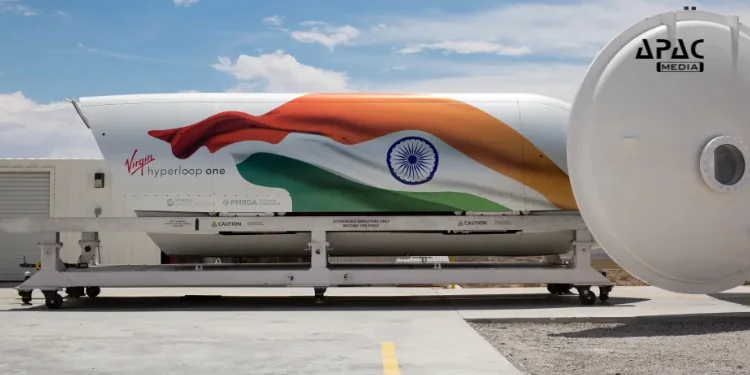

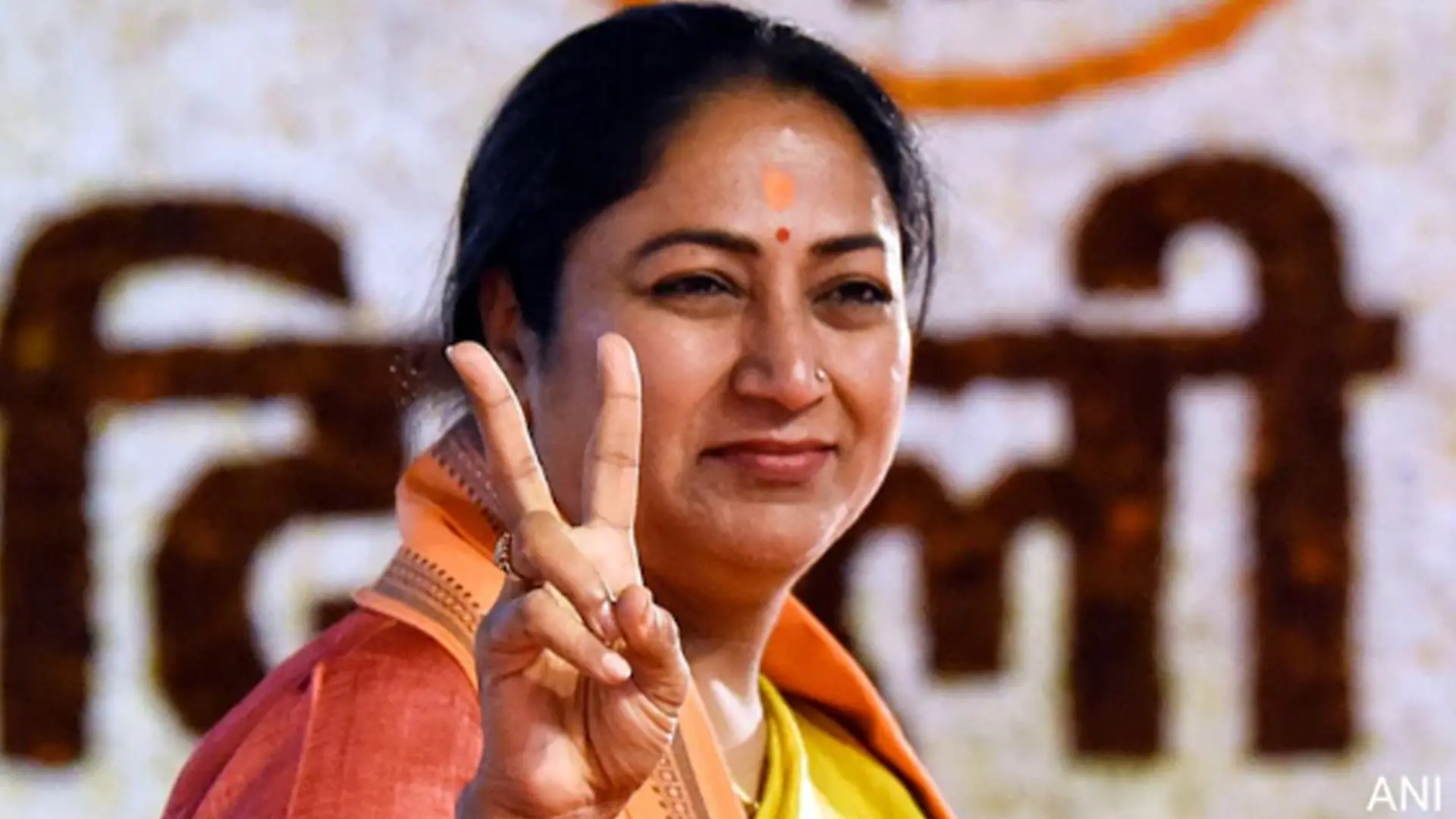

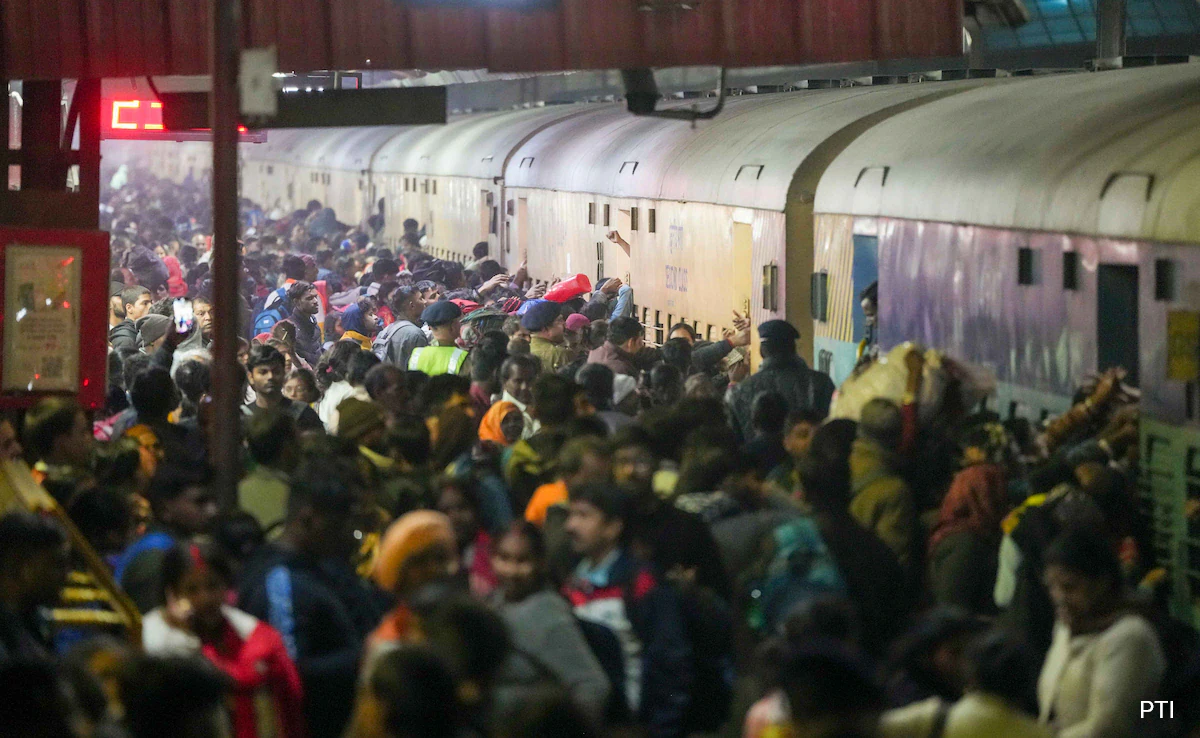
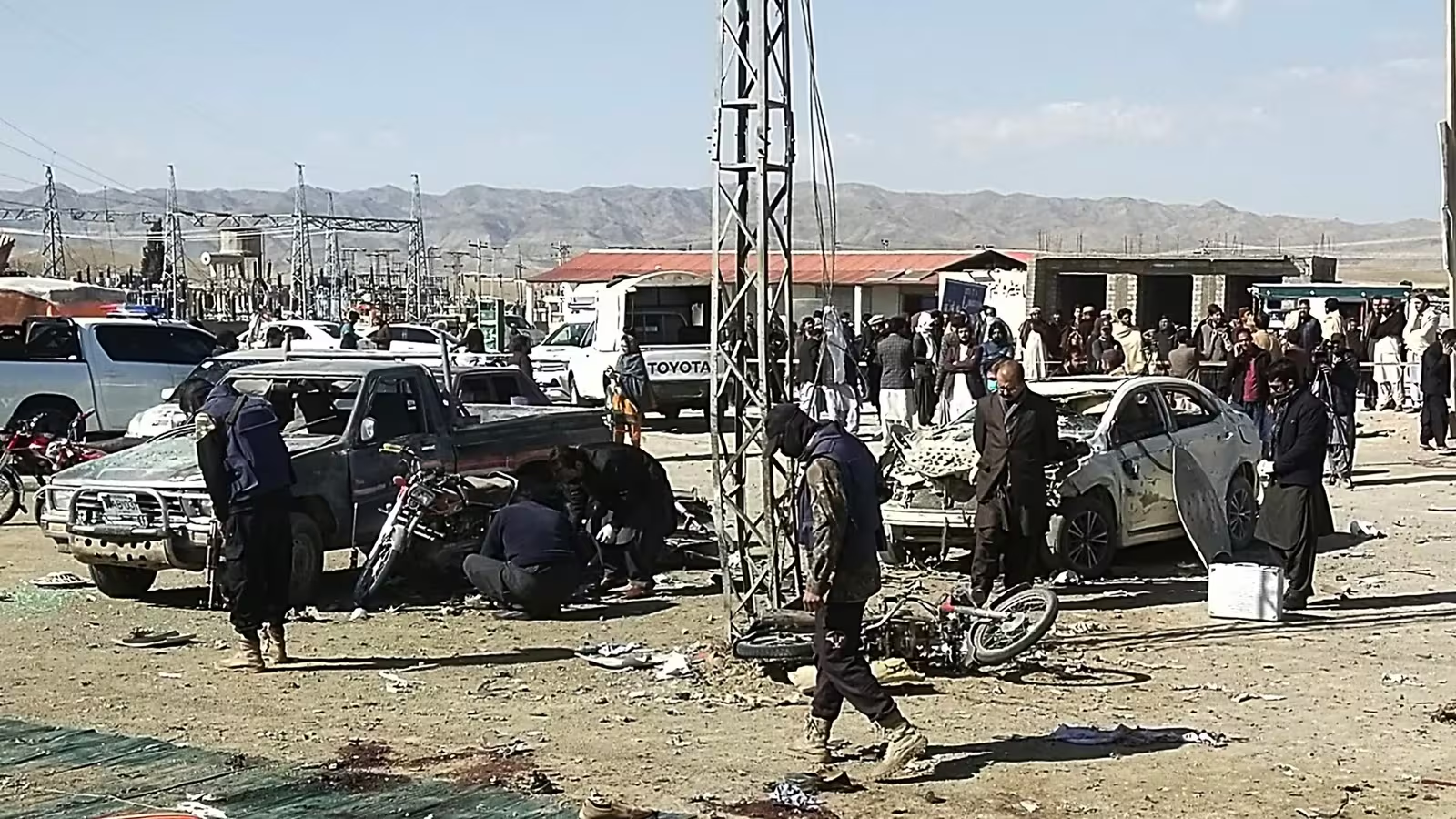
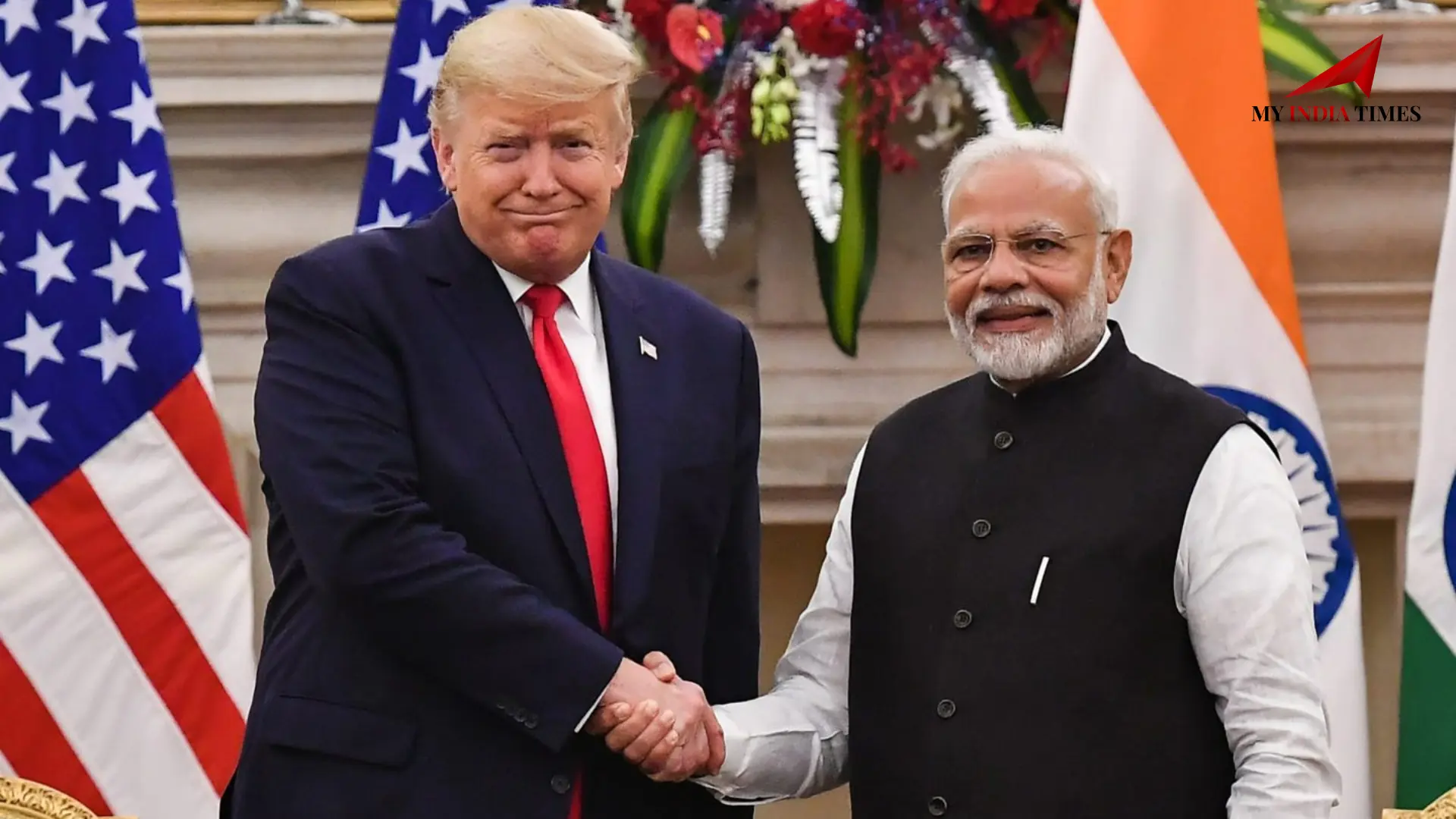
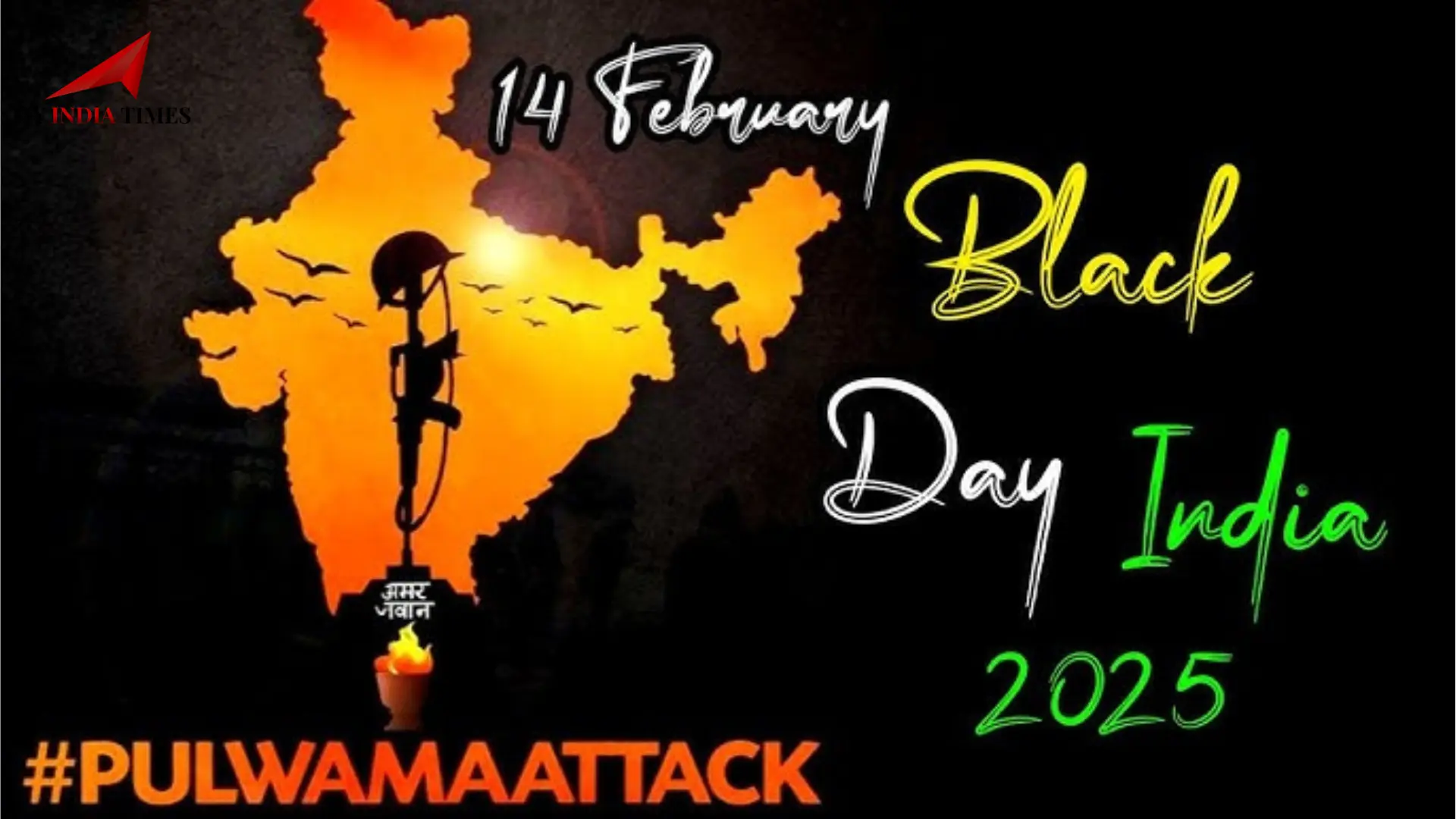
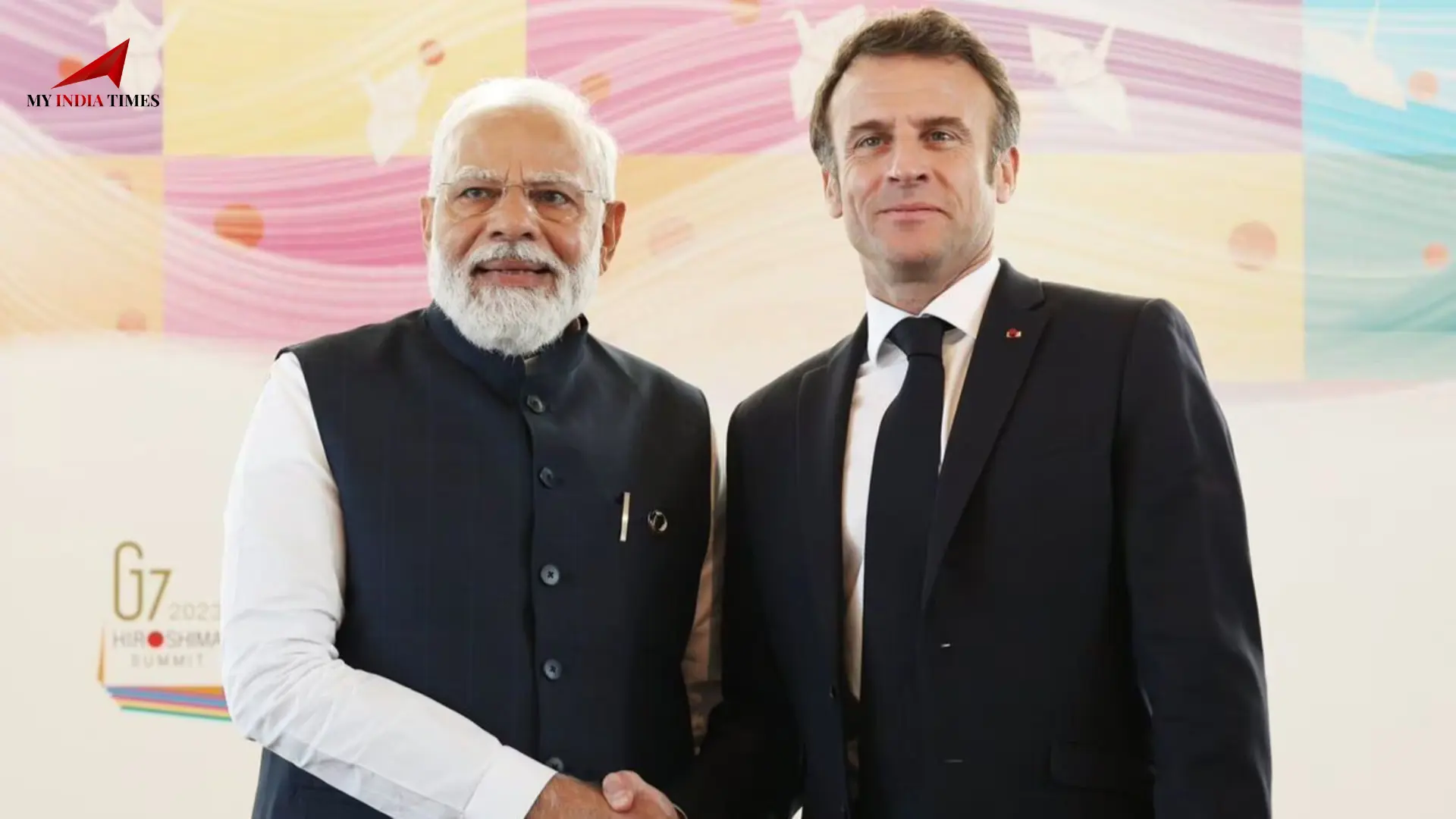
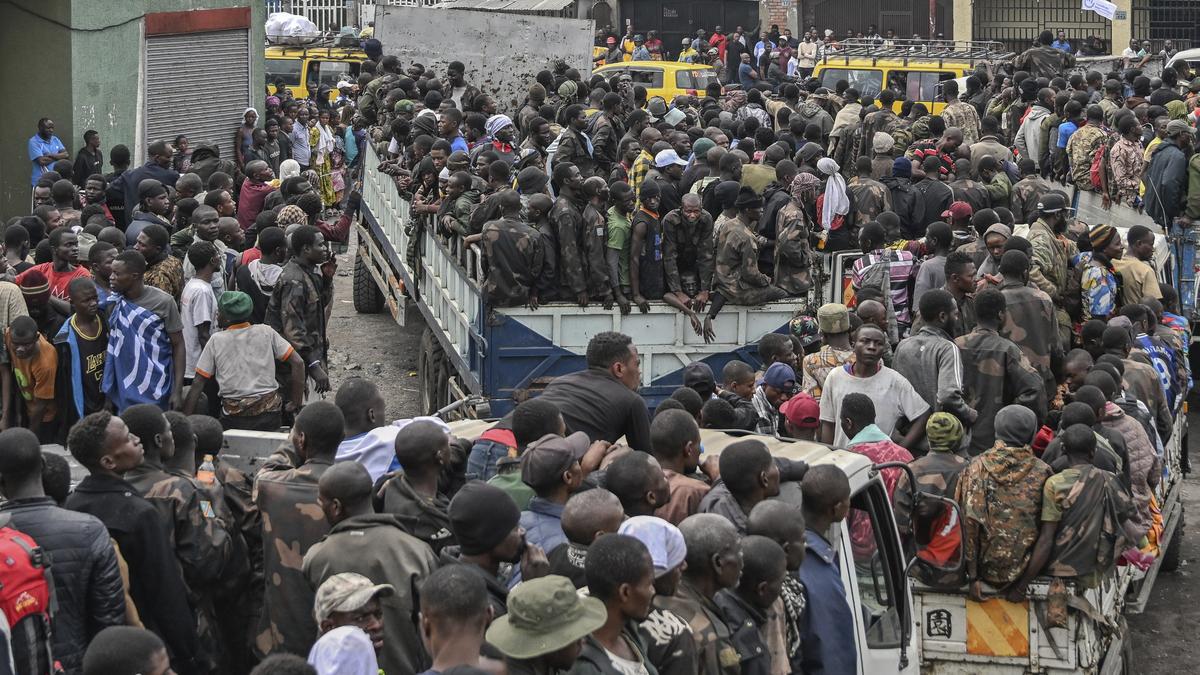
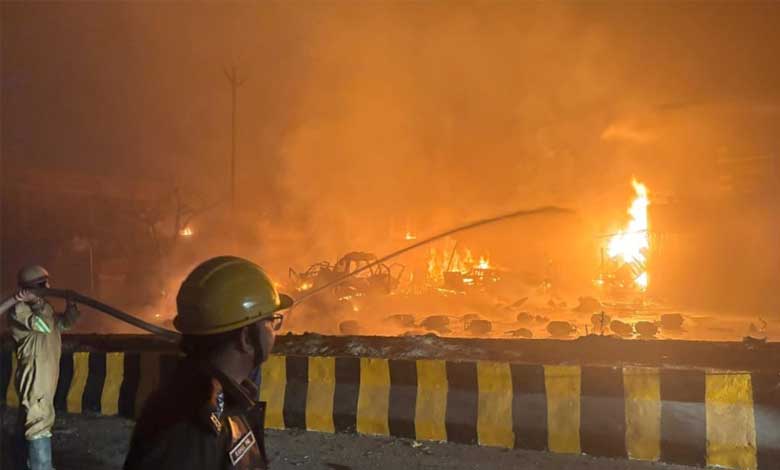




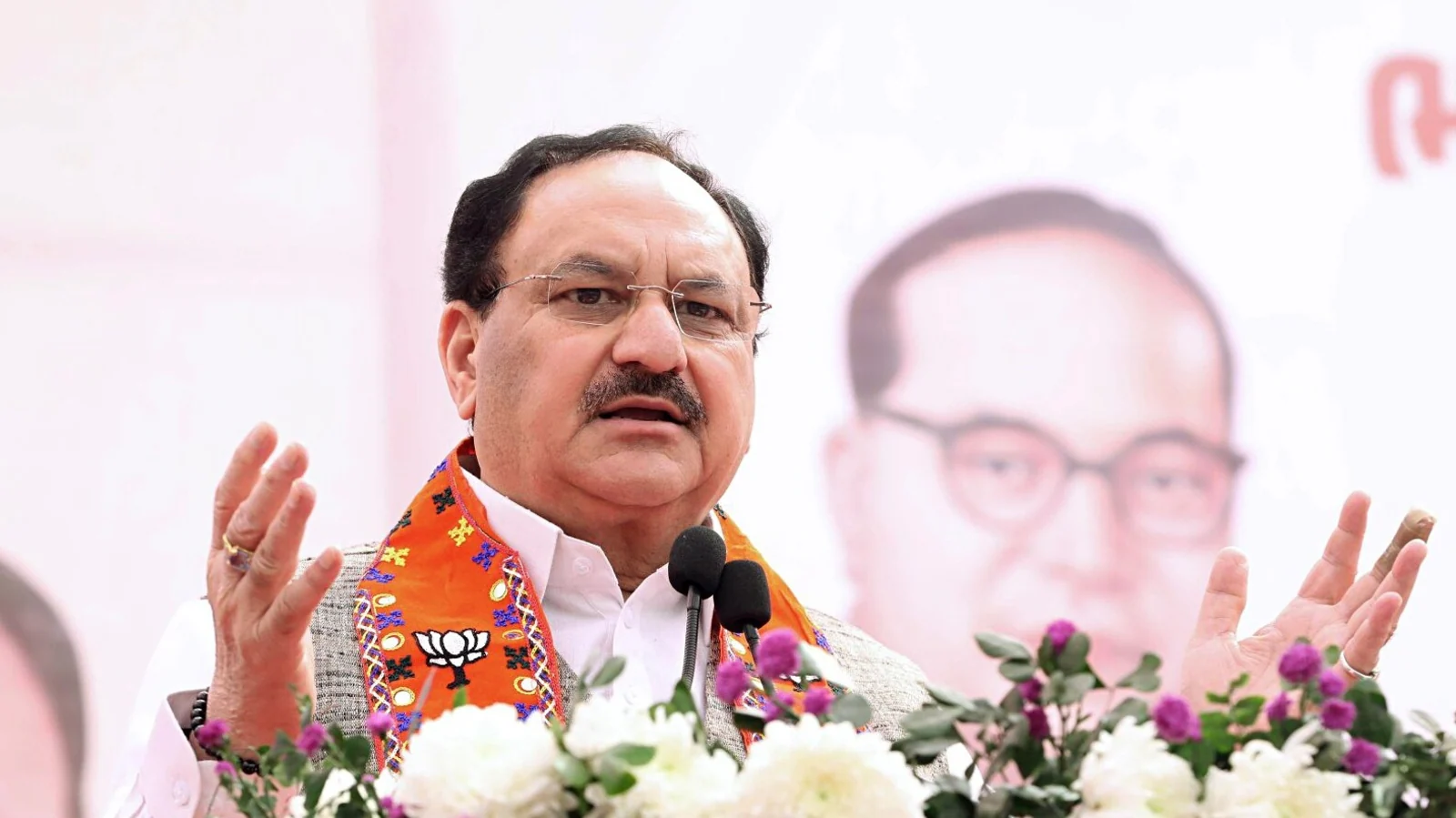
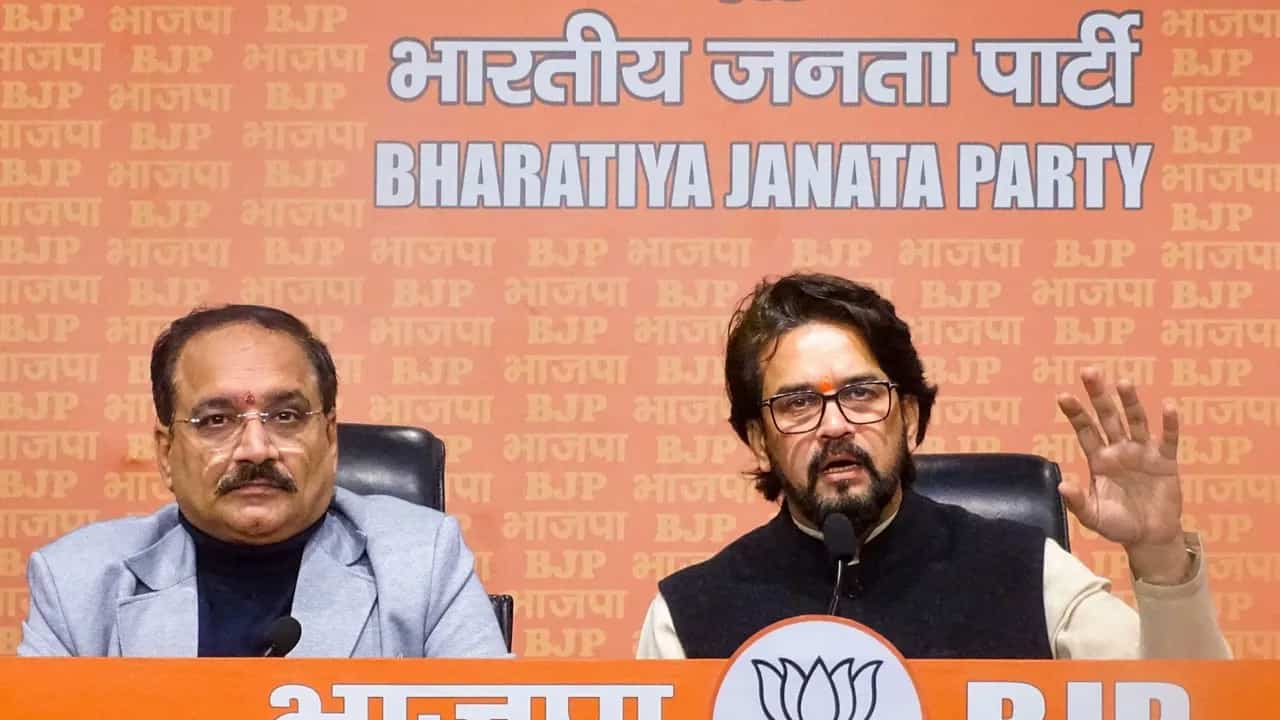


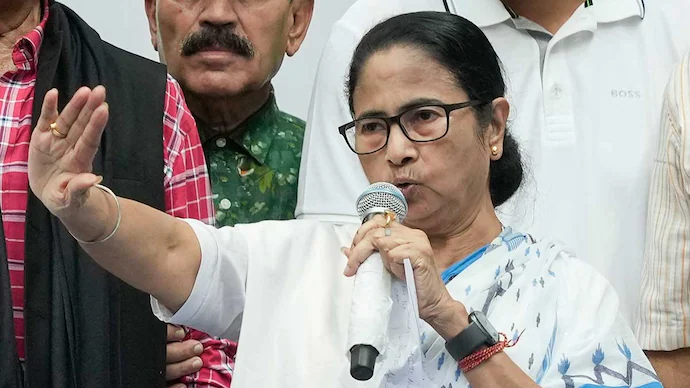


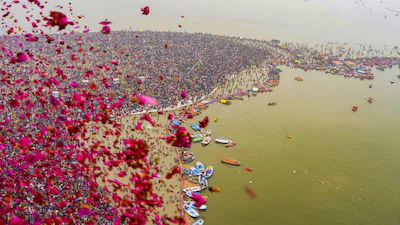
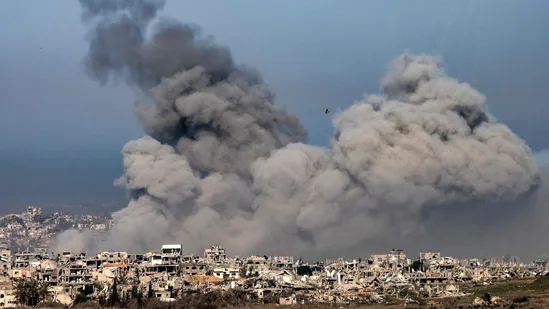
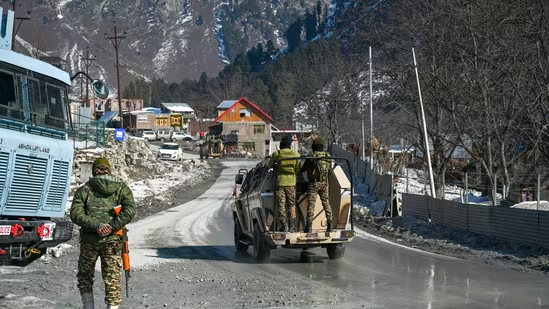

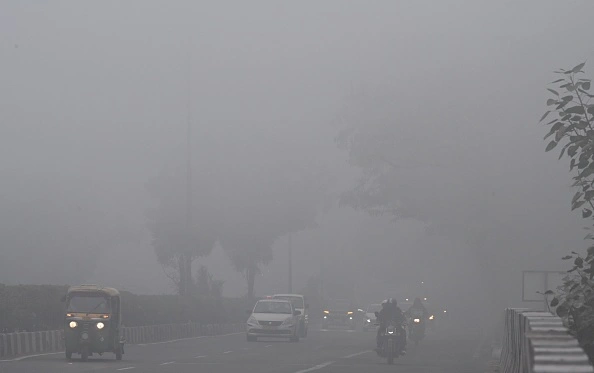

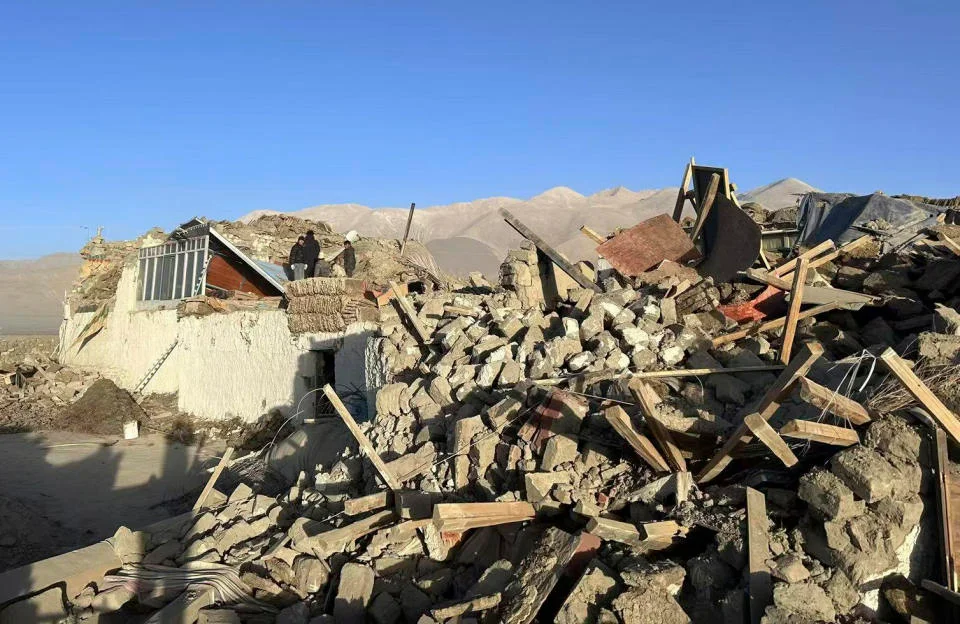


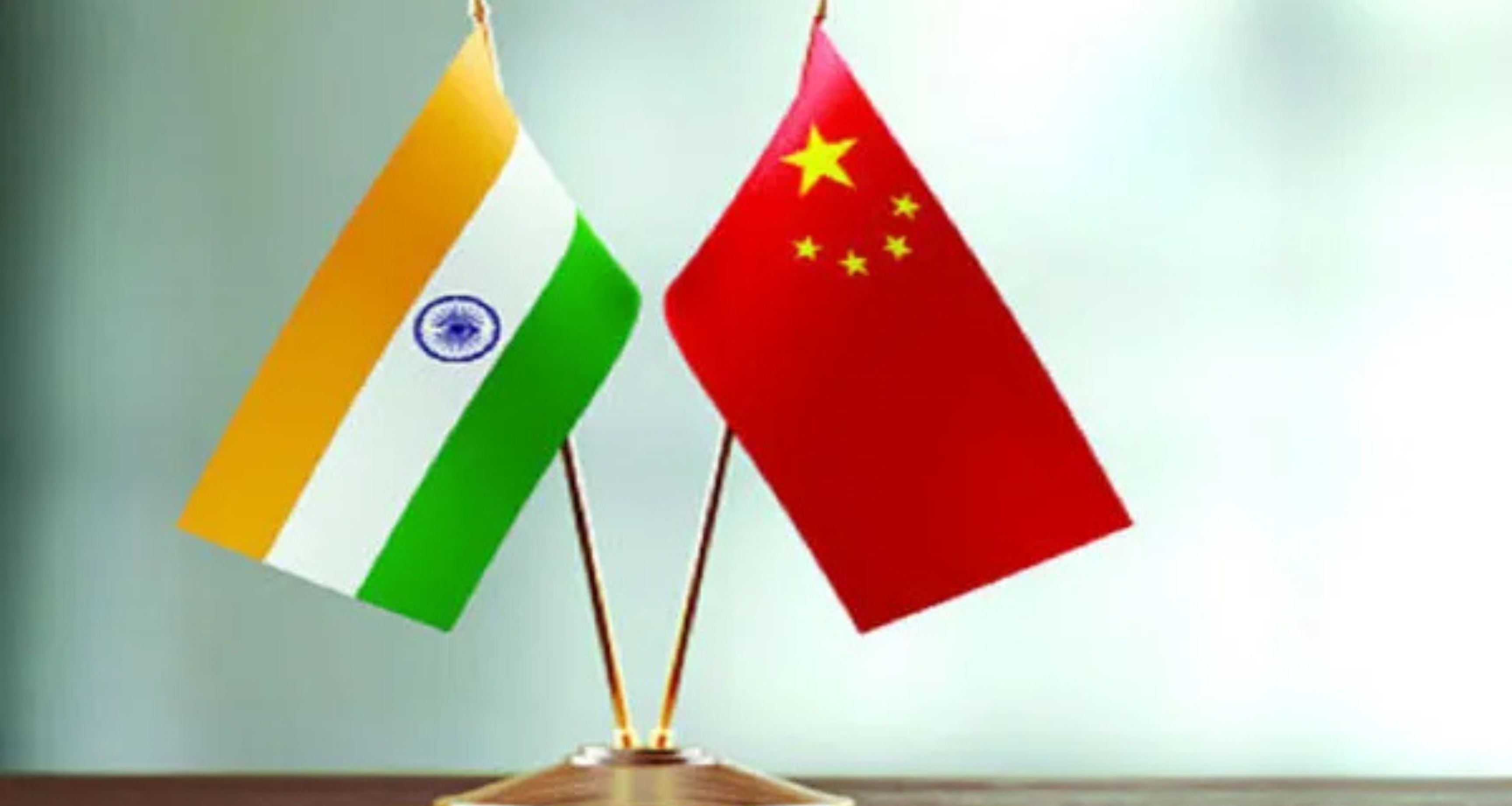
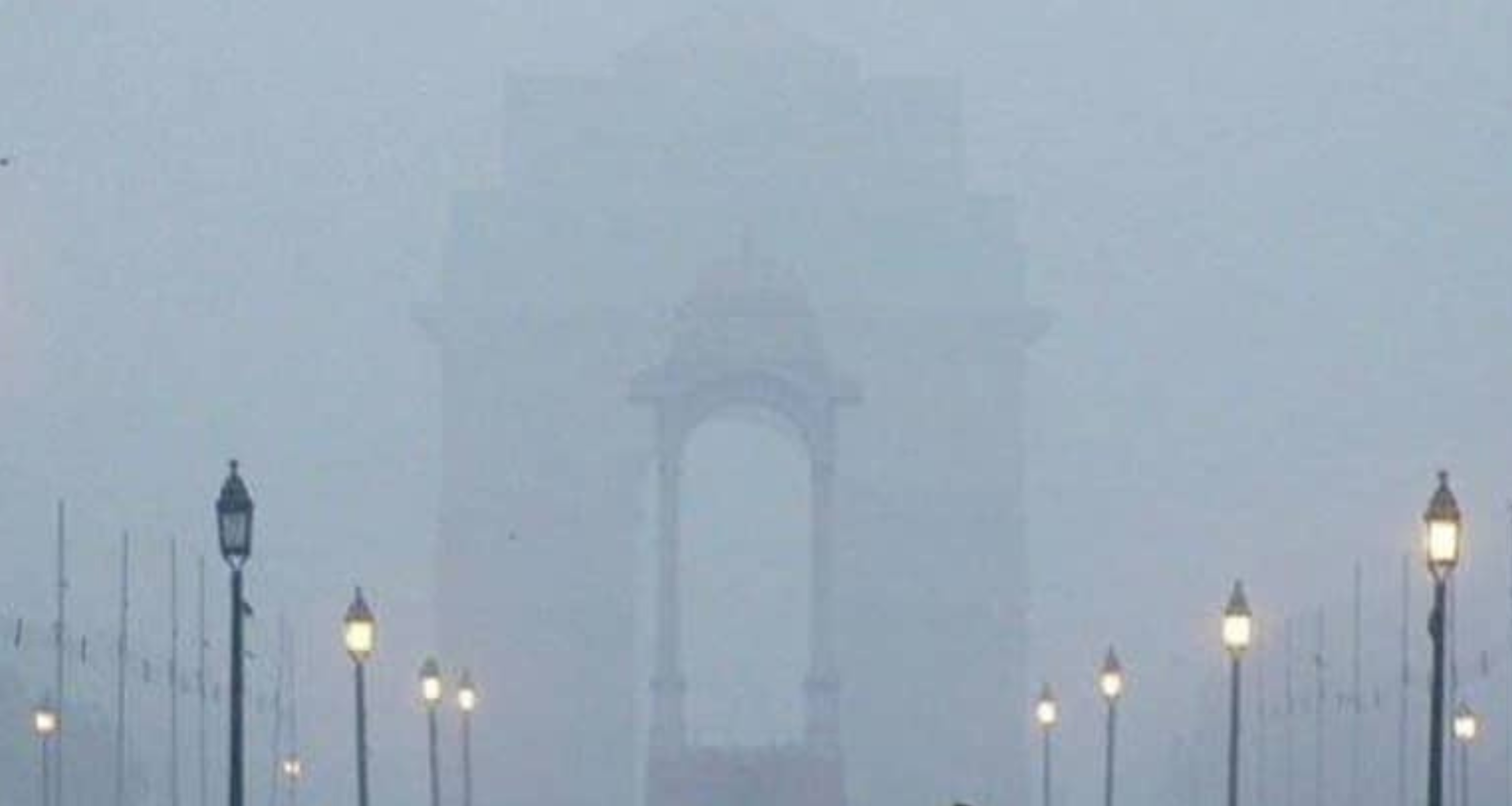
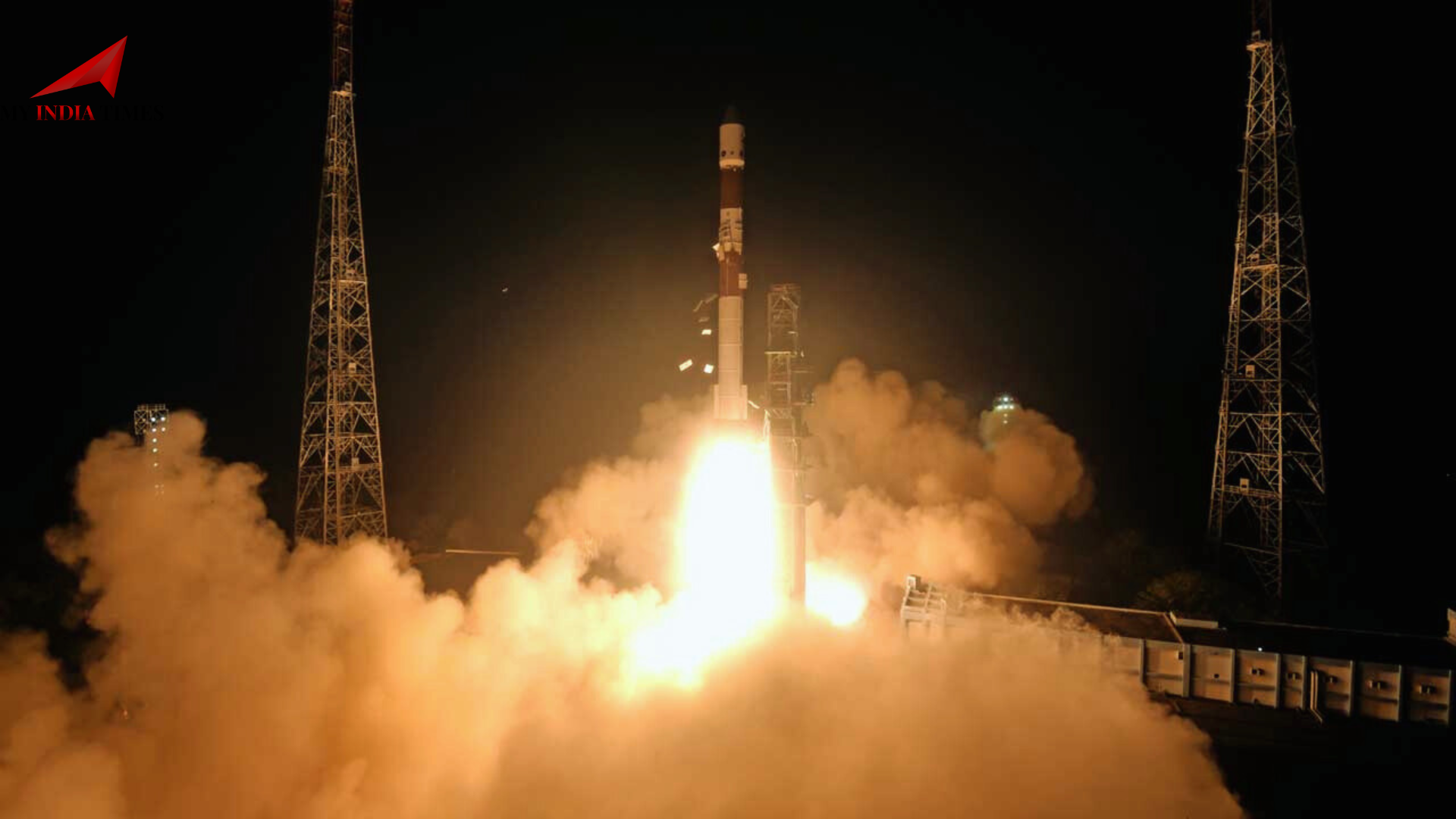


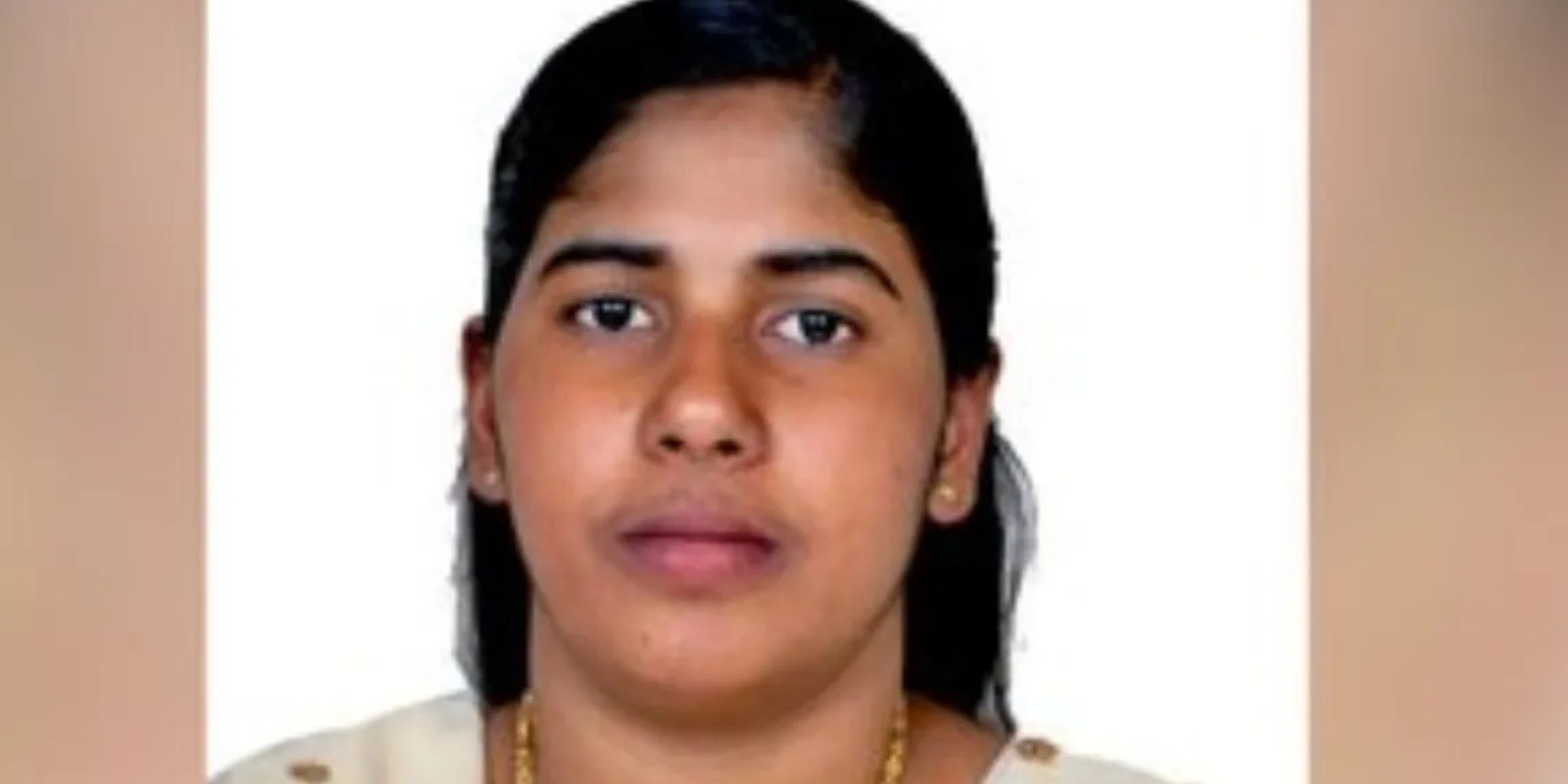
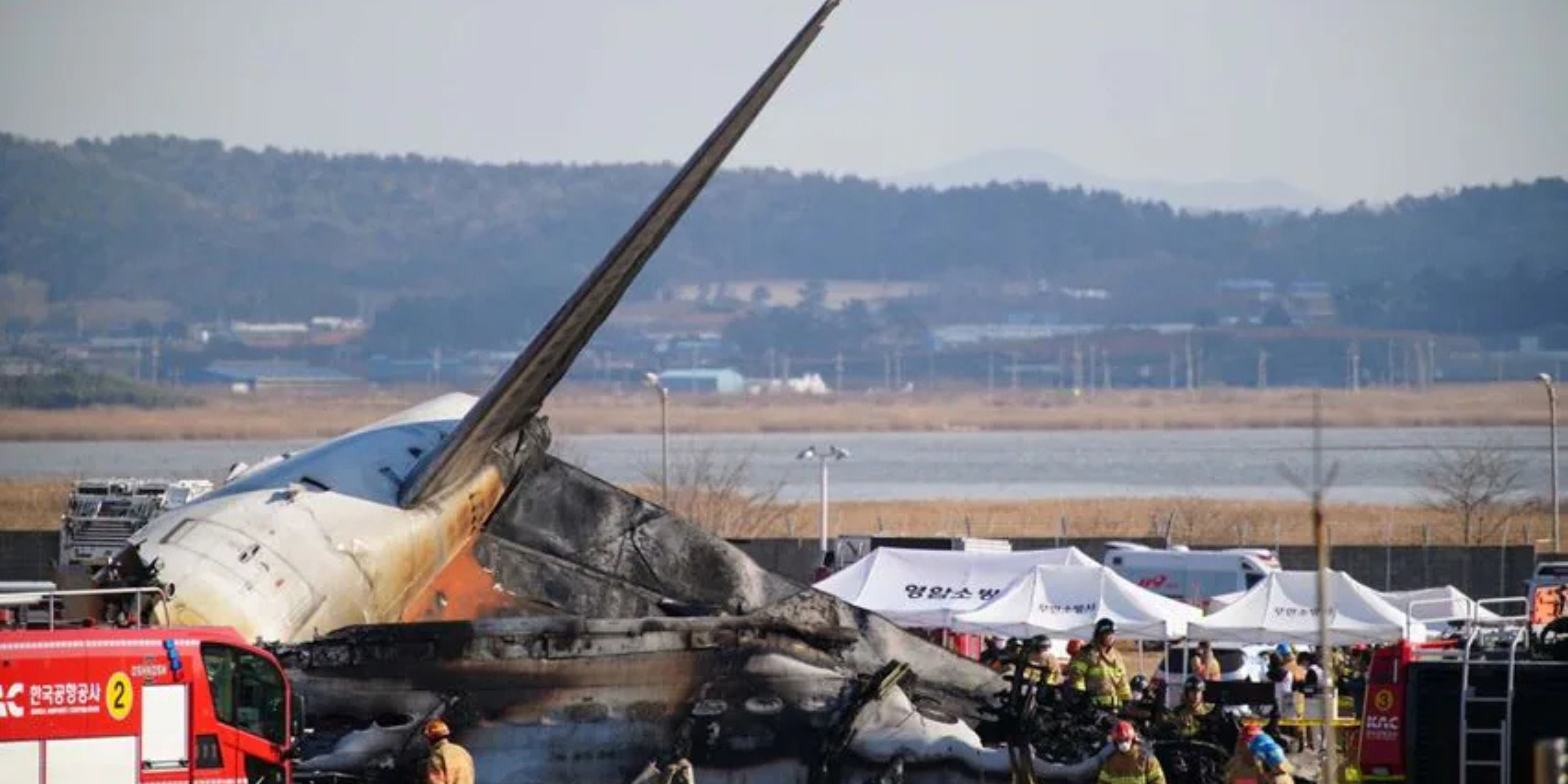
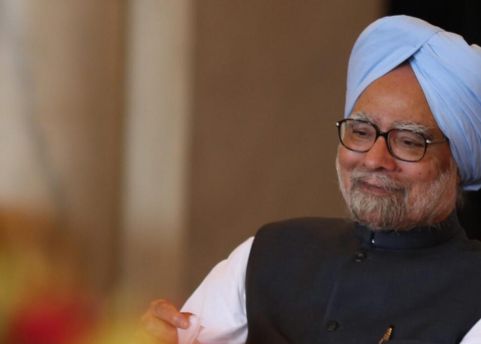




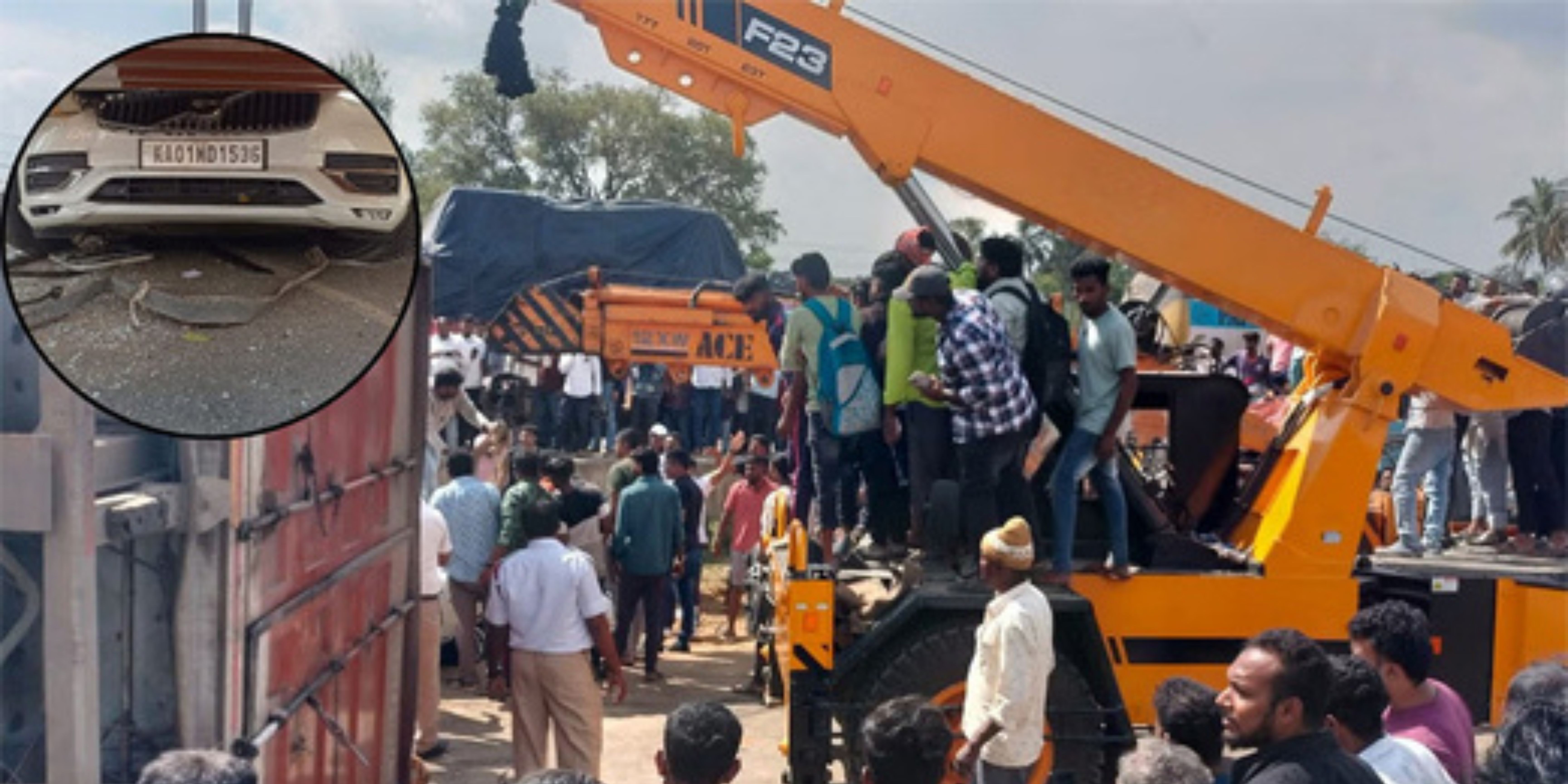




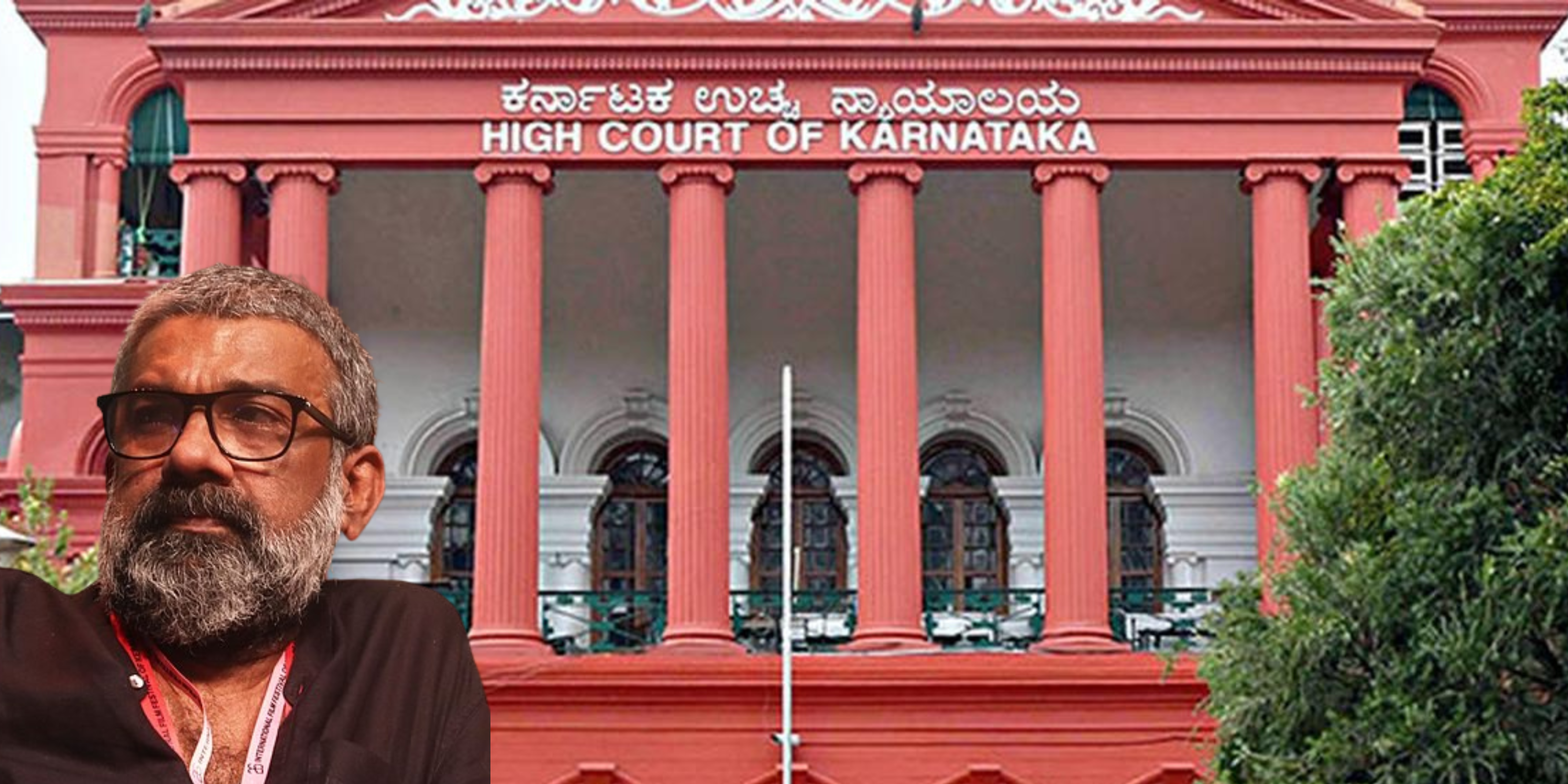
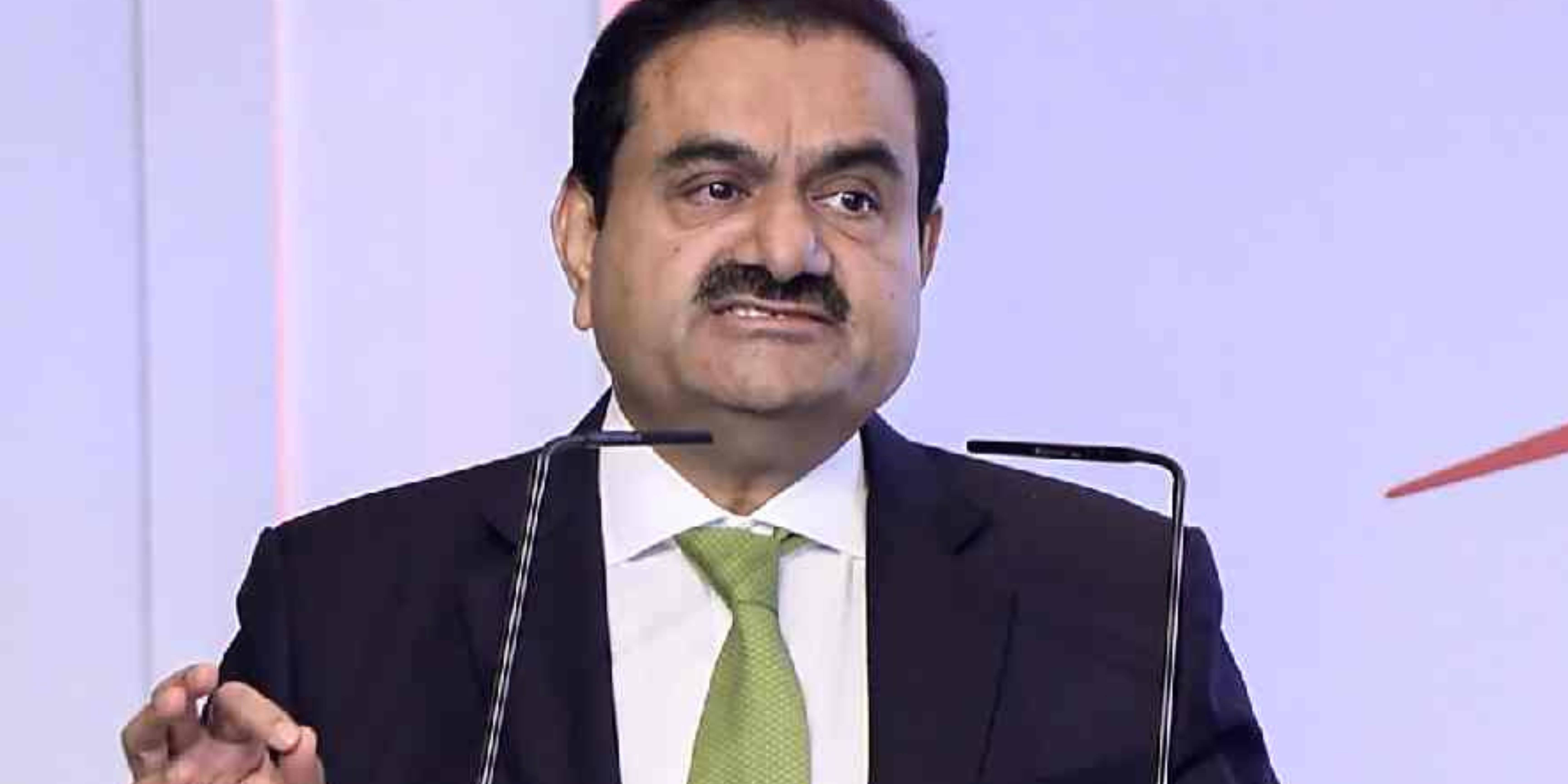
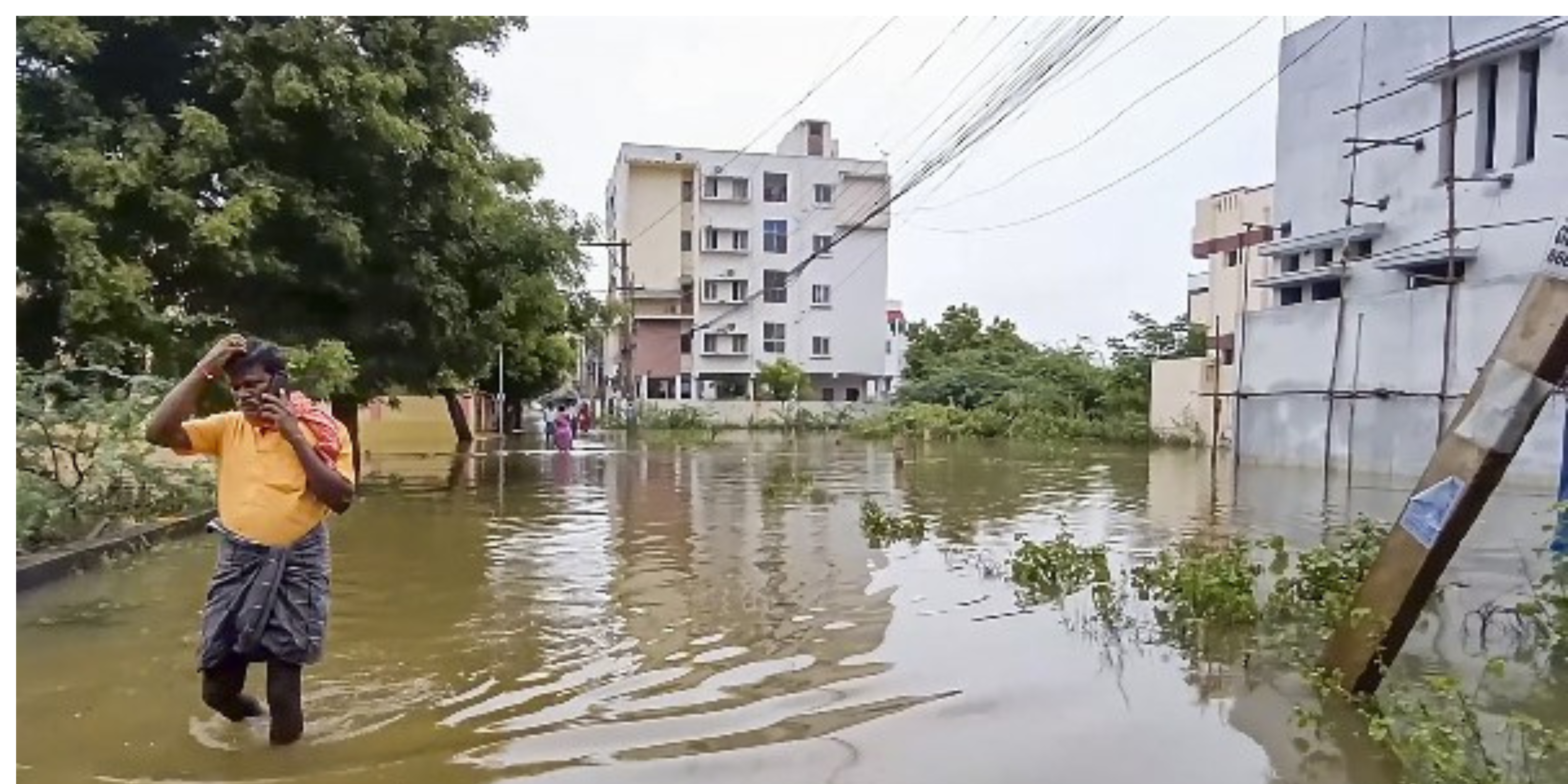
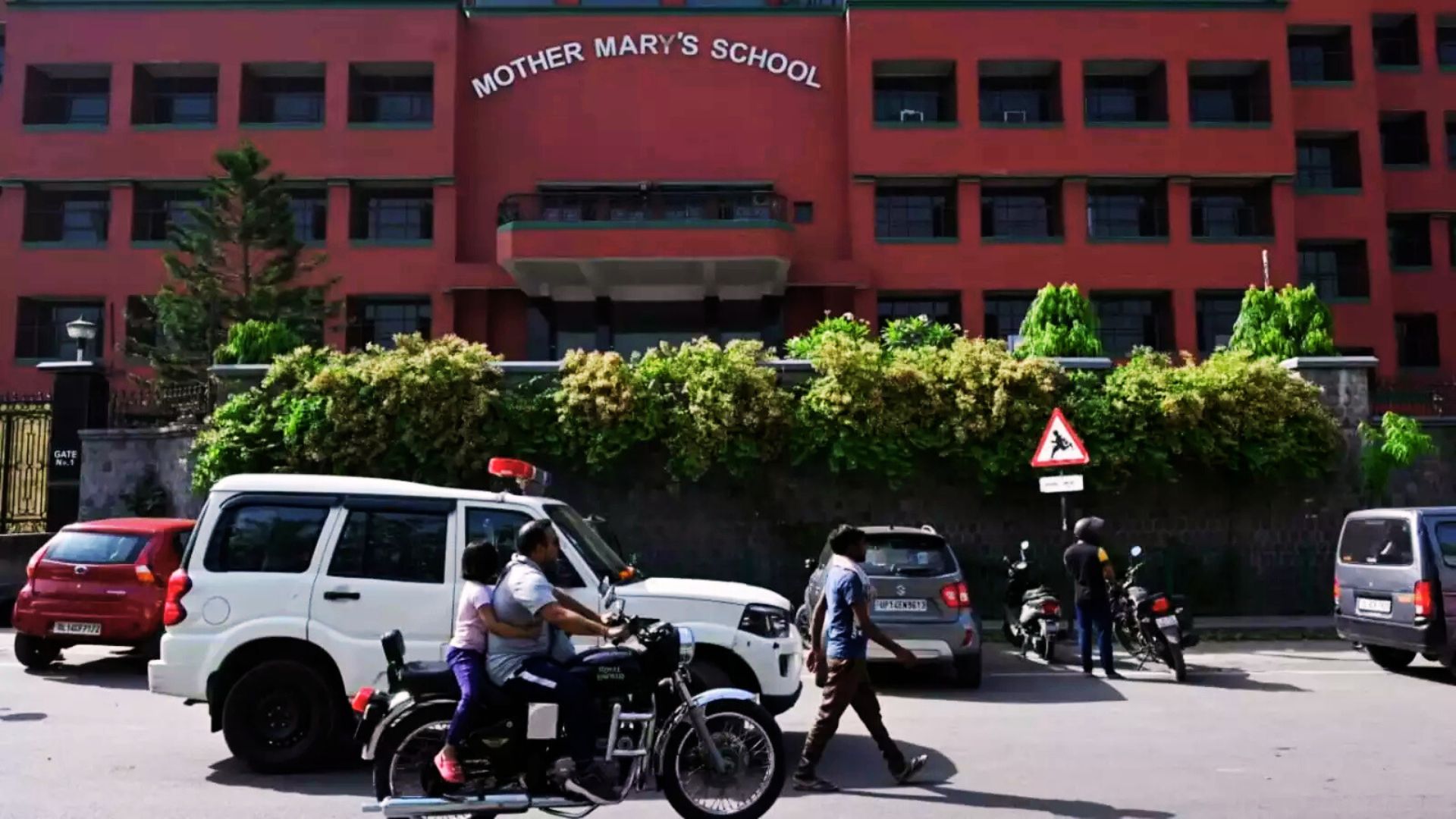

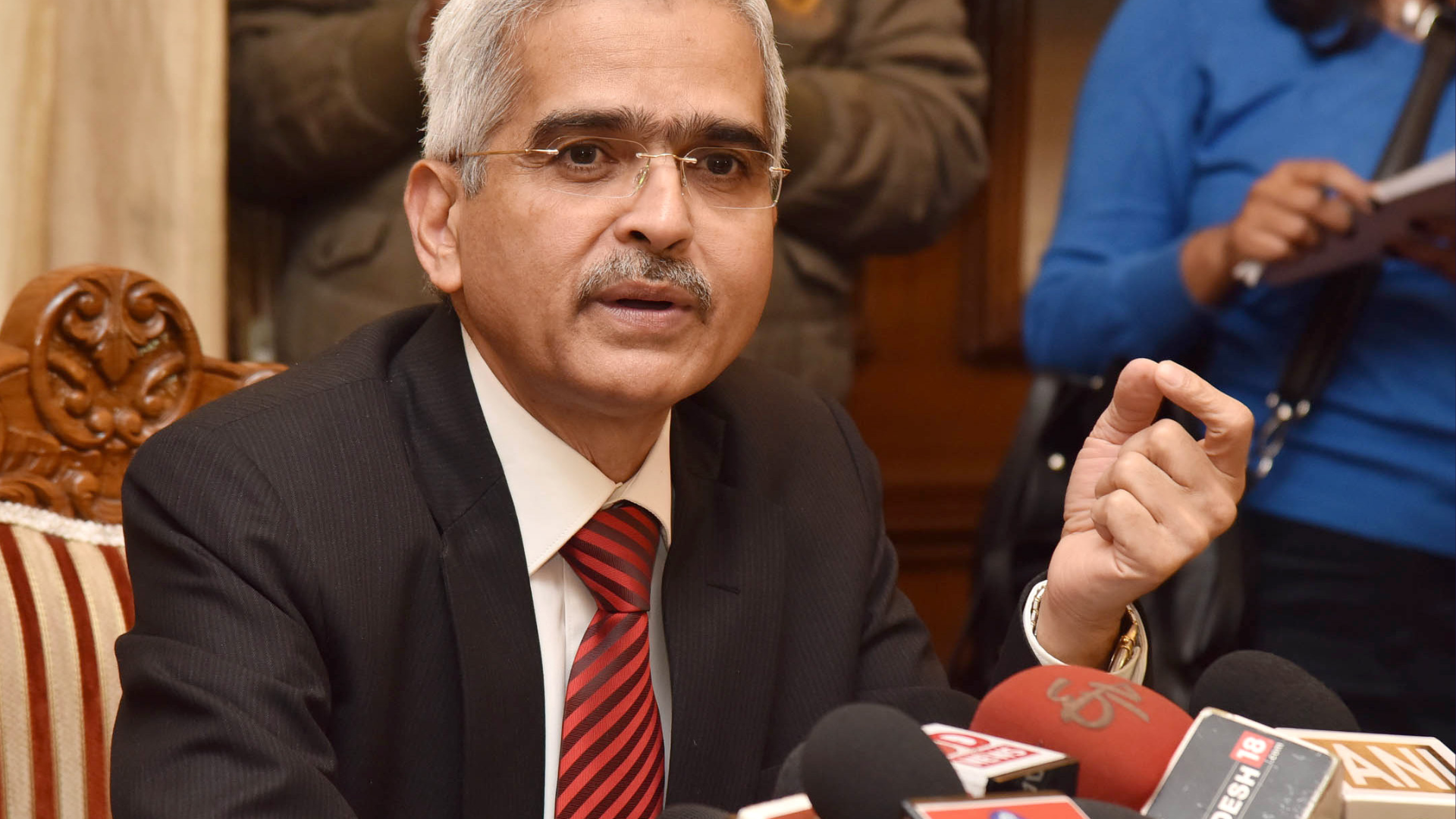
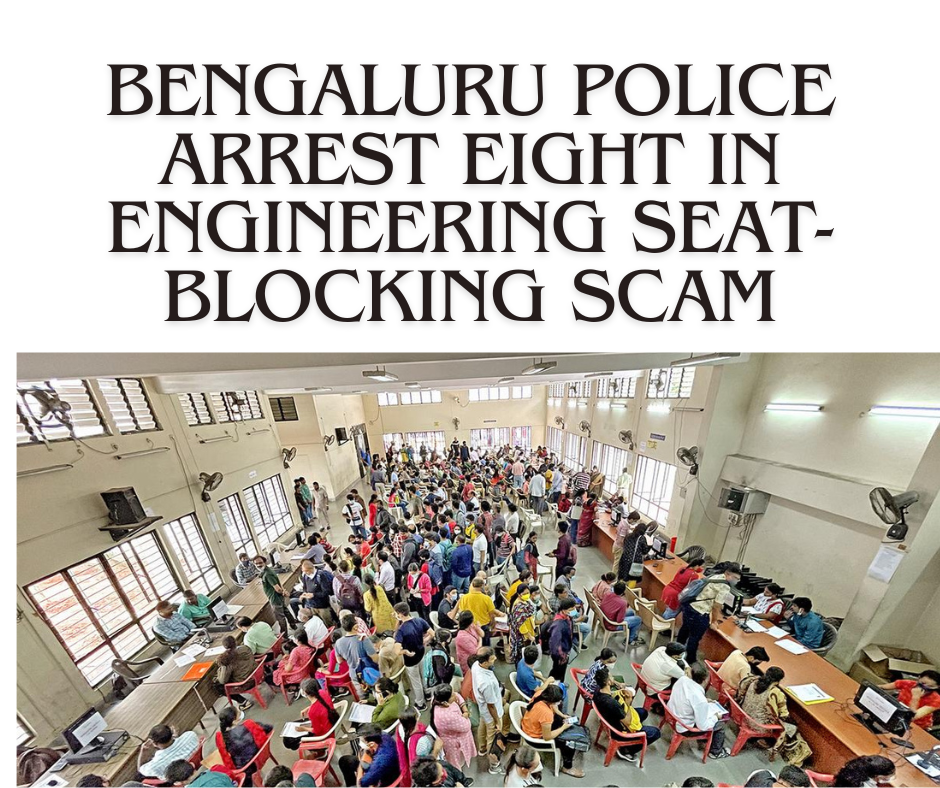


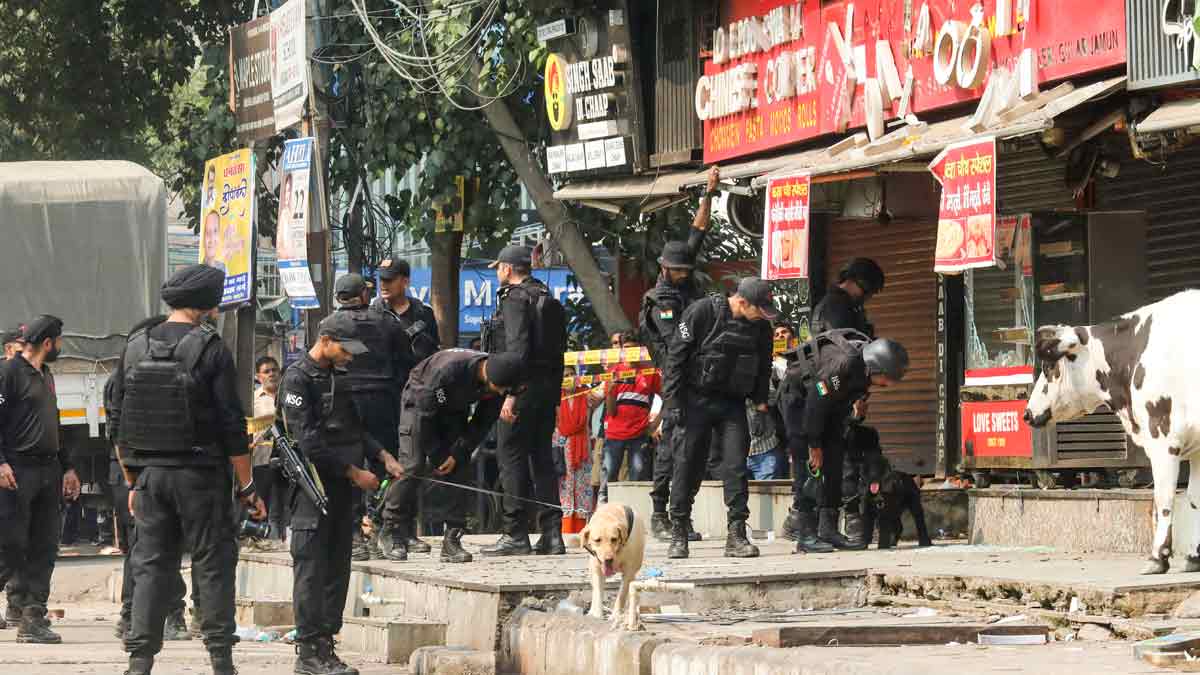
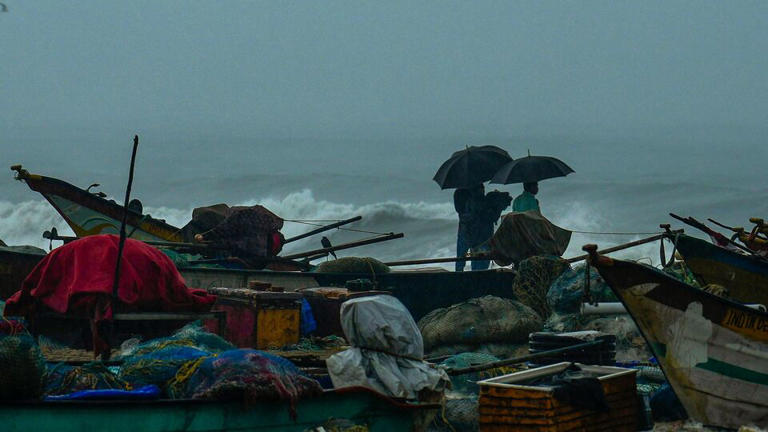


.png)
 (1).png)
